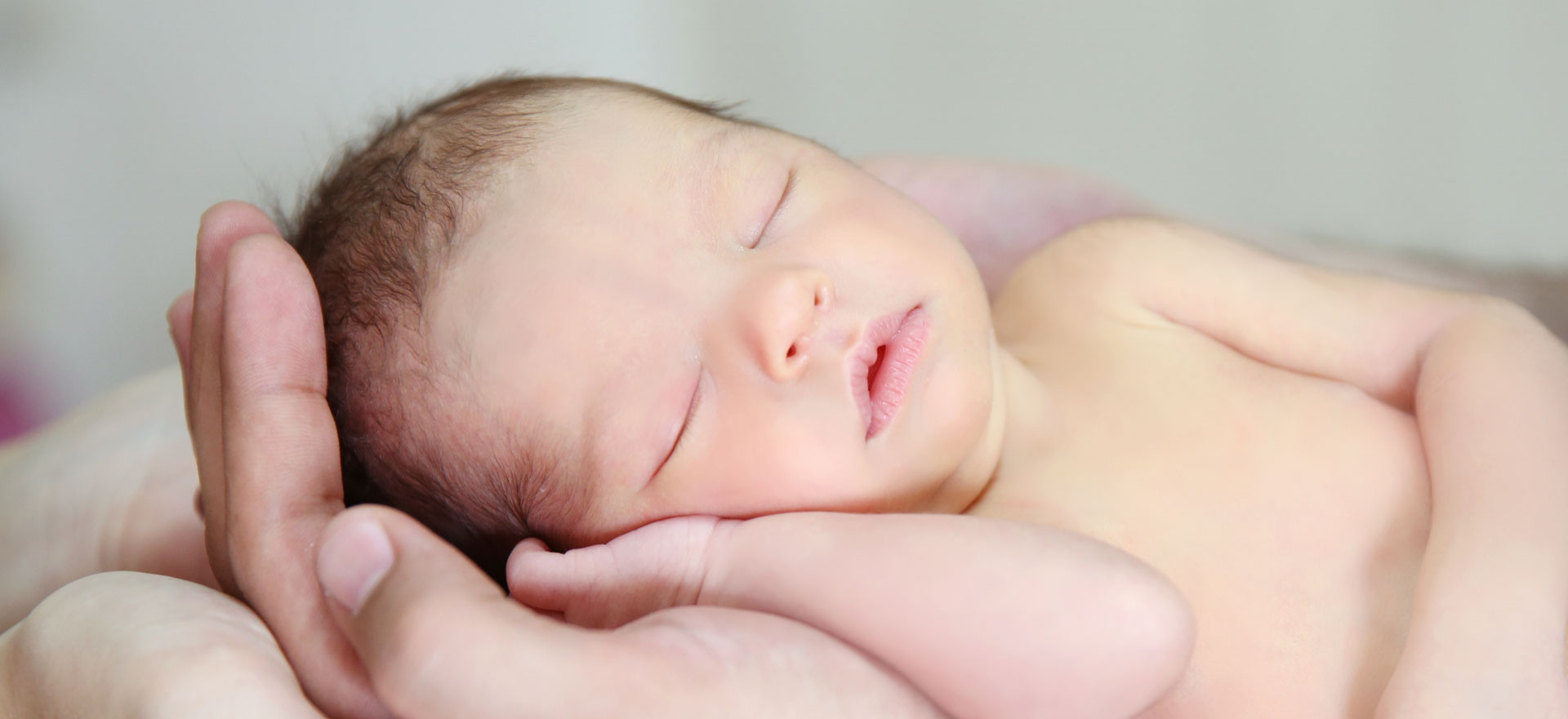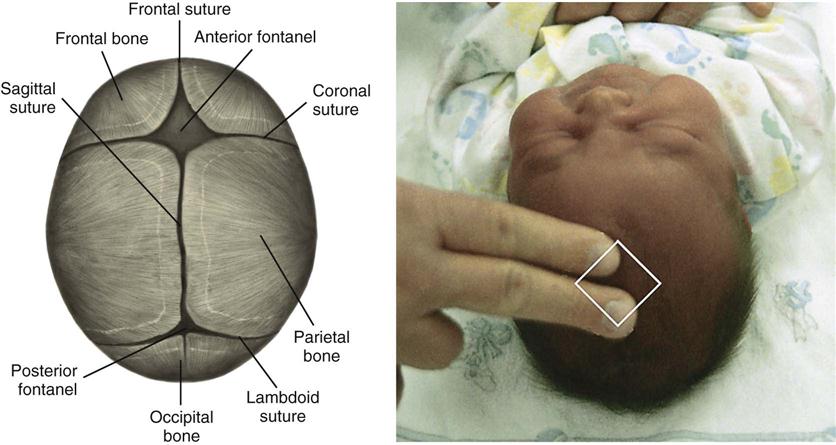Meningitis in a newborn baby. Meningitis in Newborns: Symptoms, Causes, and Treatment Guide
What are the signs of meningitis in infants. How is meningitis diagnosed in babies. What complications can arise from bacterial meningitis. How can meningitis be prevented in newborns.
Understanding Meningitis: An Overview
Meningitis is a serious condition characterized by inflammation of the meninges, the protective membranes covering the brain and spinal cord. While it can affect individuals of any age, newborns are particularly vulnerable due to their underdeveloped immune systems. This article delves into the intricacies of meningitis in newborns, providing essential information for parents and caregivers.
Types of Meningitis: Bacterial vs. Viral
Meningitis can be broadly categorized into two main types: bacterial and viral. Understanding the differences between these types is crucial for proper diagnosis and treatment.
Bacterial Meningitis
Bacterial meningitis is less common but potentially more severe than its viral counterpart. In newborns, the primary bacterial culprits include:

- Group B streptococcus
- Escherichia coli (E. coli)
- Listeria monocytogenes (less common)
This form of meningitis requires immediate medical attention and antibiotic treatment to prevent life-threatening complications.
Viral Meningitis
Viral meningitis, also known as aseptic meningitis, is more prevalent and generally less severe than bacterial meningitis. It can be caused by various common viruses, including those responsible for colds, flu, and gastrointestinal infections. While viral meningitis can still be serious, it typically resolves on its own within 7-10 days with supportive care.
Recognizing Meningitis Symptoms in Newborns
Identifying meningitis in newborns can be challenging as the symptoms may be subtle or mimic other conditions. Parents and caregivers should be vigilant for the following signs:
- Fever or lower-than-normal temperature
- Irritability and inconsolable crying
- Poor feeding
- Sleepiness or difficulty waking
- Bulging fontanelle (soft spot on the head)
- Jaundice (yellowing of the skin)
- Stiffness of the body and neck
- Weak sucking reflex
- High-pitched cry
How can parents distinguish between normal newborn behavior and potential meningitis symptoms? It’s important to trust your instincts. If your baby seems unusually irritable, lethargic, or exhibits any of the above symptoms, seek medical attention promptly.

Diagnosing Meningitis in Infants
When meningitis is suspected in a newborn, swift and accurate diagnosis is crucial. The diagnostic process typically involves:
- Physical examination
- Medical history review
- Lumbar puncture (spinal tap)
- Blood tests
- Imaging studies (if necessary)
The lumbar puncture is a key diagnostic tool, allowing doctors to analyze the cerebrospinal fluid for signs of infection and inflammation. This procedure helps determine whether the meningitis is bacterial or viral, guiding treatment decisions.
Treatment Approaches for Neonatal Meningitis
The treatment for meningitis in newborns varies depending on the underlying cause:
Bacterial Meningitis Treatment
For suspected or confirmed bacterial meningitis, immediate hospitalization and intravenous antibiotic therapy are essential. The treatment regimen may include:
- Broad-spectrum antibiotics (initially)
- Targeted antibiotics (once the specific bacteria is identified)
- Intravenous fluids for hydration
- Medications to manage fever and pain
- Close monitoring of vital signs and neurological status
Viral Meningitis Treatment
While viral meningitis often resolves on its own, supportive care is crucial. Treatment may involve:
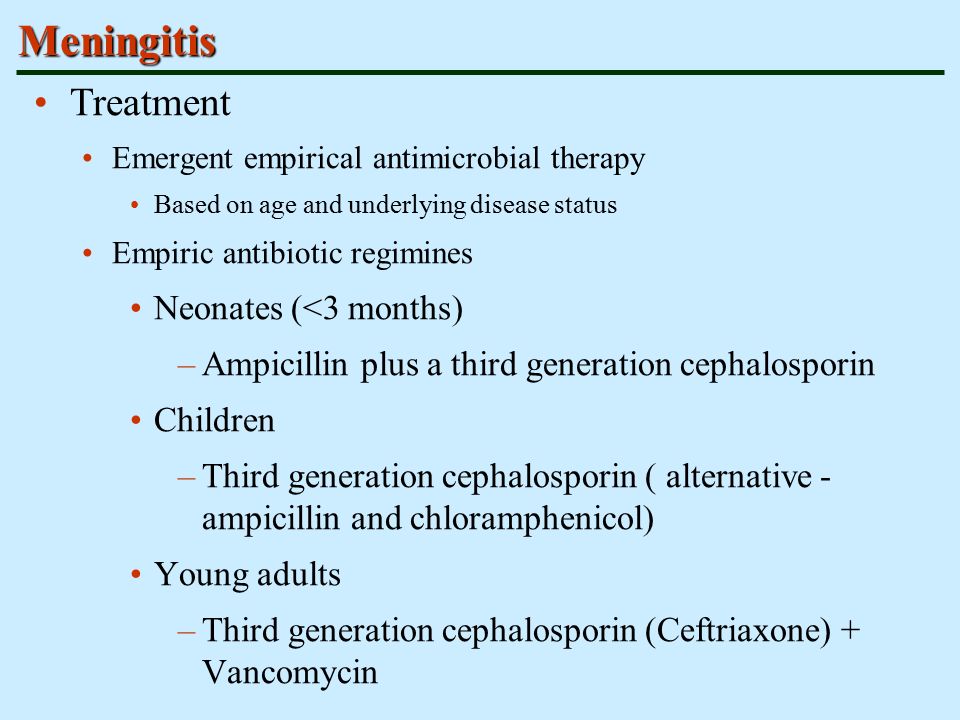
- Rest and hydration
- Over-the-counter pain relievers (as recommended by a pediatrician)
- Hospitalization for more severe cases or compromised infants
What is the typical duration of treatment for meningitis in newborns? The length of treatment varies but can range from a few days to several weeks, depending on the severity and response to therapy.
Potential Complications and Long-Term Effects
While many infants recover fully from meningitis with prompt treatment, some may experience complications or long-term effects. These can include:
- Hearing loss
- Vision problems
- Seizures
- Learning disabilities
- Neurological deficits
- Developmental delays
Regular follow-up appointments and developmental assessments are crucial for monitoring and addressing any potential long-term effects. Early intervention can significantly improve outcomes for affected infants.
Preventing Meningitis in Newborns
While not all cases of meningitis can be prevented, several strategies can reduce the risk:
Vaccination
Immunization plays a vital role in preventing certain types of meningitis. Key vaccines include:
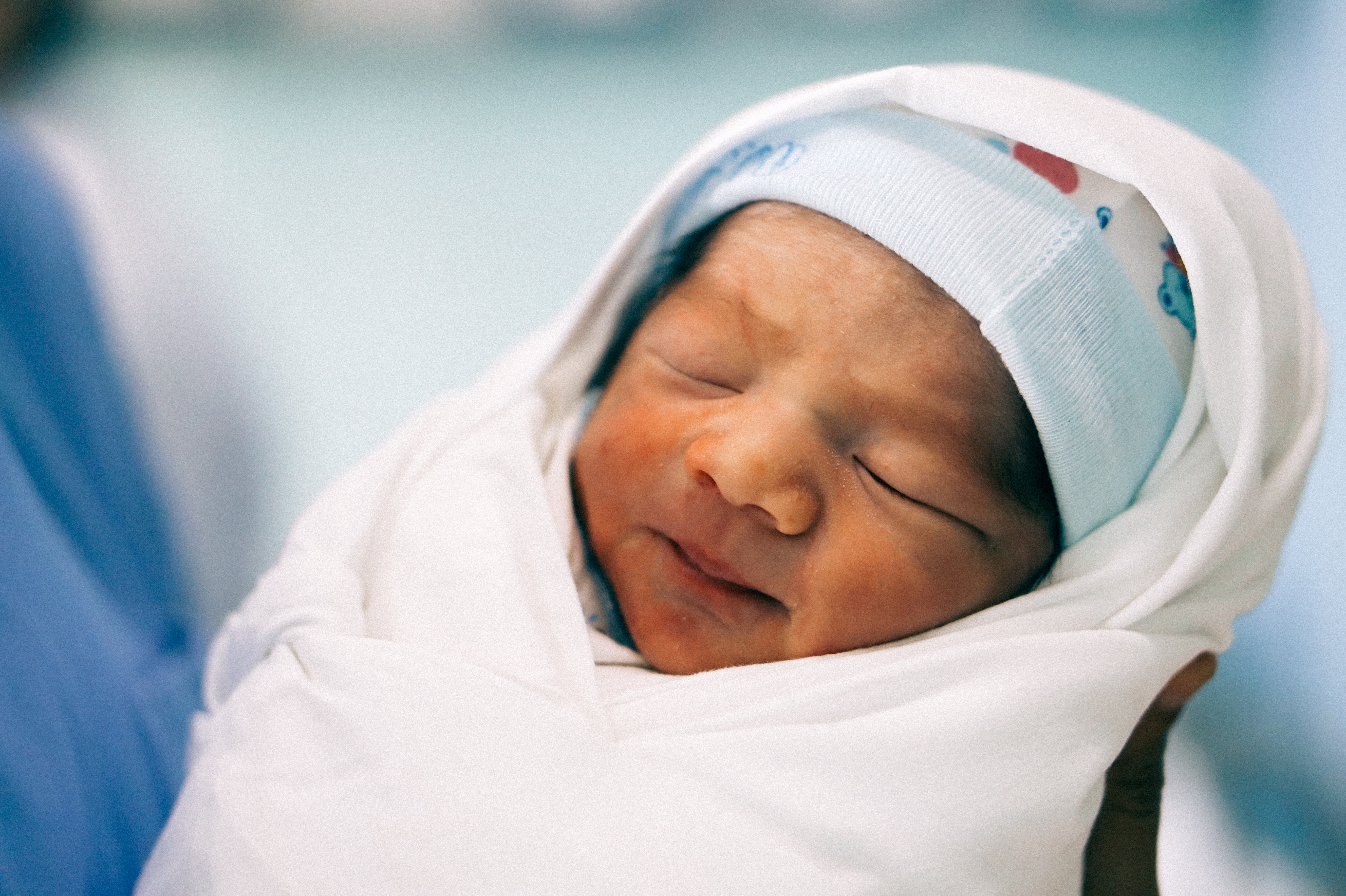
- Haemophilus influenzae type b (Hib) vaccine
- Pneumococcal conjugate vaccine (PCV)
- Meningococcal vaccines (recommended for older children and adolescents)
Maternal Health and Prenatal Care
Proper prenatal care and maternal health practices can help prevent some cases of neonatal meningitis. This includes:
- Regular prenatal check-ups
- Screening for group B streptococcus during pregnancy
- Appropriate antibiotic treatment for mothers who test positive for group B strep
- Maintaining good hygiene practices
Breastfeeding
Breast milk contains antibodies that can help protect newborns from infections, including those that may lead to meningitis. Encouraging and supporting breastfeeding can contribute to a baby’s overall immune defense.
When to Seek Medical Attention
Parents should seek immediate medical care if their newborn exhibits any signs of meningitis or seems unusually ill. Early detection and treatment are crucial for optimal outcomes. Remember, it’s always better to err on the side of caution when it comes to a newborn’s health.

In conclusion, meningitis in newborns is a serious condition that requires prompt recognition and treatment. By understanding the symptoms, risk factors, and preventive measures, parents and caregivers can play a crucial role in safeguarding their infants’ health. Regular check-ups, adherence to vaccination schedules, and maintaining good hygiene practices are key components in the fight against neonatal meningitis.
As research in neonatal care continues to advance, new strategies for prevention, diagnosis, and treatment of meningitis in newborns may emerge. Staying informed and working closely with healthcare providers ensures that infants receive the best possible care and protection against this potentially life-threatening condition.
Meningitis (for Parents) – Nemours Kidshealth
What Is Meningitis?
Meningitis is an inflammation of the meninges, the membranes that cover the brain and spinal cord.
People of any age can get meningitis. But it can spread easily among those living in close quarters, so teens, college students, and boarding-school students are at higher risk for infection.
If dealt with quickly, meningitis can be treated successfully. So it’s important to get routine vaccinations, know the signs of meningitis, and get medical care right away if you think that your child has the illness.
What Causes Meningitis?
Most cases are caused by bacteria or viruses, but some can be due to certain medicines or illnesses.
Many of the
bacteriaand
virusesthat cause meningitis are fairly common and cause other routine illnesses. Both kinds of meningitis spread like most other common infections do — someone who’s infected touches, kisses, or coughs or sneezes on someone who isn’t infected.
Bacterial Meningitis
Bacterial meningitis is rare, but is usually serious and can be life-threatening if not treated right away.
In some cases of bacterial meningitis, the bacteria spread to the meninges from a severe head trauma or a severe local infection, such as a serious ear infection (otitis media) or nasal sinus infection (sinusitis).
Many different types of bacteria can cause bacterial meningitis. In newborns, the most common causes are group B strep, E. coli, and less commonly, Listeria monocytogenes. In older kids, Streptococcus pneumoniae (pneumococcus) and Neisseria meningitidis (meningococcus) are often the causes.
Viral Meningitis
Viral meningitis (also called aseptic meningitis) is more common than bacterial meningitis and usually less serious.
Many of the viruses that cause meningitis are common, such as those that cause colds, diarrhea, cold sores, and the flu.
What Are the Signs & Symptoms of Meningitis?
Meningitis symptoms vary, depending on the person’s age and the cause of the infection. The first symptoms can come on quickly or start several days after someone has had a cold, diarrhea, vomiting, or other signs of an infection.
The first symptoms can come on quickly or start several days after someone has had a cold, diarrhea, vomiting, or other signs of an infection.
Common symptoms include:
- fever
- lack of energy
- irritability
- headache
- sensitivity to light
- stiff neck
- skin rash
Meningitis in Infants
Infants with meningitis might have different symptoms. Babies might be cranky, feed poorly, and be sleepy or hard to wake up. It may be hard to comfort them, even when they’re picked up and rocked. They also may have a fever or bulging fontanelle (soft spot on head).
Other symptoms of meningitis in babies can include:
- jaundice (a yellowish tint to the skin)
- stiffness of the body and neck
- a lower-than-normal temperature
- a weak suck
- a high-pitched cry
How Is Meningitis Diagnosed?
Bacterial meningitis can be very serious. So if you see symptoms or think that your child could have meningitis, it’s important to see the doctor right away.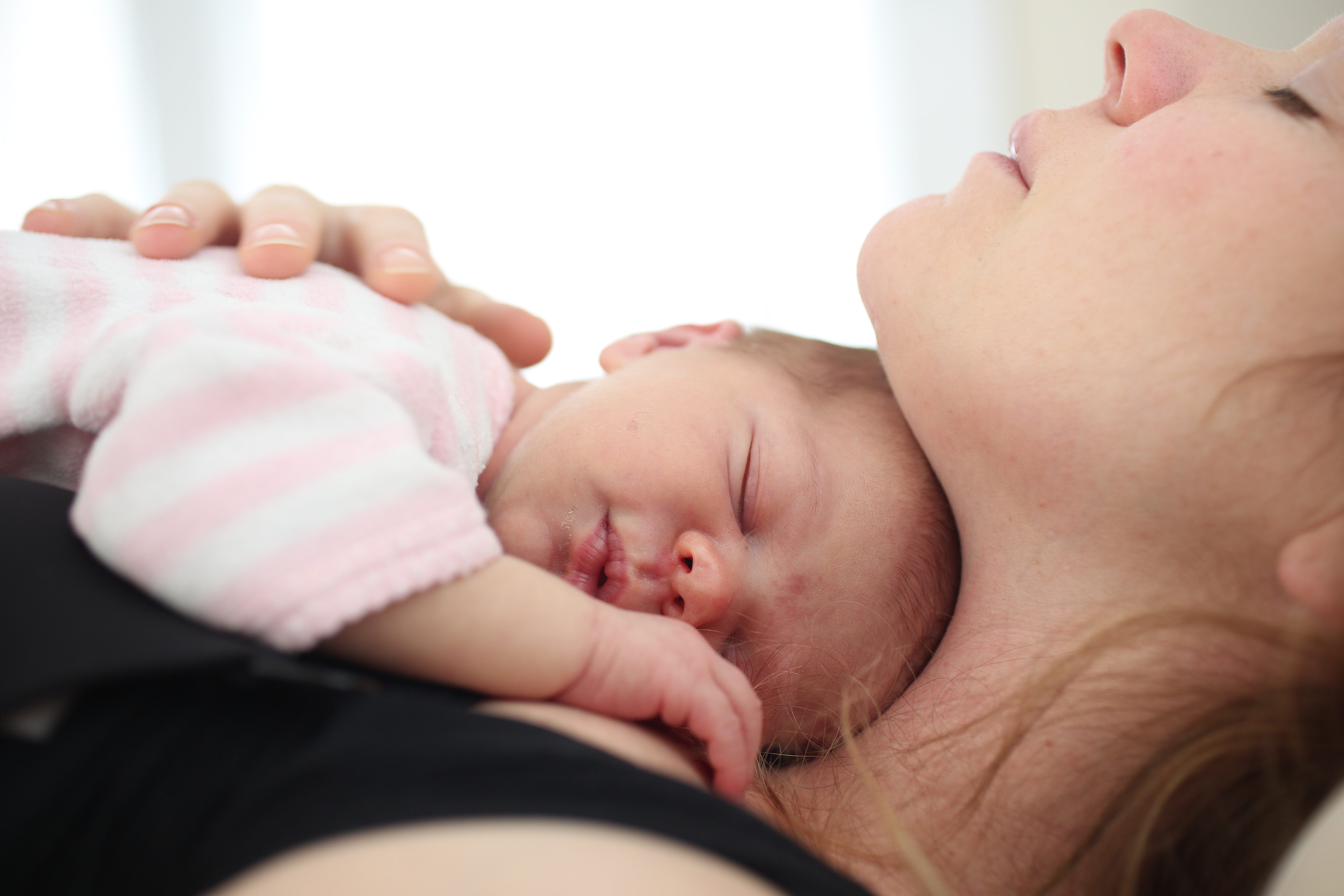
If meningitis is suspected, the doctor will order tests, probably including a lumbar puncture (spinal tap) to collect a sample of spinal fluid. This test will show any signs of
inflammationand whether the infection is due to a virus or bacteria.
How Is Meningitis Treated?
Most cases of viral meningitis end within 7 to 10 days. Some people might need to be treated in the hospital, although kids usually can recover at home if they’re not too ill. Treatment to ease symptoms includes rest, fluids, and over-the-counter pain medicine.
If bacterial meningitis is diagnosed — or even suspected — doctors will start intravenous (IV) antibiotics as soon as possible. Fluids may be given to replace those lost to fever, sweating, vomiting, and poor appetite.
What Problems Can Happen?
Complications of bacterial meningitis might need extra treatment. Someone with shock or low blood pressure might get more IV fluids and medicines to increase blood pressure. Some kids may need extra oxygen or mechanical ventilation if they have trouble breathing.
Some kids may need extra oxygen or mechanical ventilation if they have trouble breathing.
Bacterial meningitis complications can be severe and include neurological problems, such as hearing loss, vision problems, seizures, and learning disabilities. Because impaired hearing is a common complication, those who’ve had bacterial meningitis should have a hearing test after they recover.
The heart, kidneys, and
adrenal glandsalso might be affected, depending on the cause of the infection. Although some kids develop long-lasting neurological problems, most who get a quick diagnosis and treatment recover fully.
Can Meningitis Be Prevented?
Vaccinations
Routine immunization can go a long way toward preventing meningitis. The Hib, measles, mumps, polio, and pneumococcal vaccines can protect against meningitis caused by those germs.
Kids also should get the meningococcal conjugate vaccine (MenACWY) when they’re 11 or 12 years old, with a booster shot at age 16. Kids older than 11 who haven’t been vaccinated also should be immunized, particularly if they’re going to college, boarding school, camp, or other places where they’ll live in close quarters with others.
Kids older than 11 who haven’t been vaccinated also should be immunized, particularly if they’re going to college, boarding school, camp, or other places where they’ll live in close quarters with others.
Kids 2 months to 11 years old who are at higher risk for infection also should get MenACWY. This includes kids who:
- live in or travel to countries where infection is common
- have some types of immune disorders
- are present during an outbreak
A newer type of meningococcal vaccine called MenB protects against a type of meningococcal bacterium not covered by the older vaccine. Kids 10 years and older who have a higher risk for infection should get this vaccine. Others who are not at increased risk may also get it between the ages of 16 and 23 (preferably between 16 through 18, which is when the risk of getting infected is highest). The decision to get the MenB vaccine should be made together with their parents and the doctor.
Avoiding Germs
Kids and adults should wash their hands well and often, particularly before eating and after using the bathroom, and if they work closely with kids (as in a daycare). Avoid close contact with someone who looks ill and don’t share food, drinks, or eating utensils.
Avoid close contact with someone who looks ill and don’t share food, drinks, or eating utensils.
In some cases, doctors may give antibiotics to anyone who has been in close contact with a person who has bacterial meningitis to help prevent infection.
When Should I Call the Doctor?
Get medical care right away if you think that your child has meningitis or you see symptoms such as:
- vomiting
- headache
- tiredness or confusion
- neck stiffness
- rash
- fever
A baby who has a fever, is cranky, and isn’t feeding well should be seen right away by a doctor.
If your child has been near someone who has meningitis, call your doctor to ask about preventive medicine.
Neonatal Meningitis – StatPearls – NCBI Bookshelf
Continuing Education Activity
Bacterial meningitis during the neonatal period remains a highly devastating condition, with a morbidity rate of 20 to 60 percent. The nationwide mortality can be as high as 40 percent in treated cases that occur during the first month of life. Multiple factors contribute to the susceptibility of infants to this illness. The immune immaturity of infants is the biggest contributor, especially preterm infants. Because infants do not receive their first set of immunizations until 2 months of age, the risk is high for bacteremia, which potentially can result in bacterial meningitis. This activity illustrates the evaluation and treatment of neonatal meningitis and reviews the role of interprofessional team members in managing those with this condition.
The nationwide mortality can be as high as 40 percent in treated cases that occur during the first month of life. Multiple factors contribute to the susceptibility of infants to this illness. The immune immaturity of infants is the biggest contributor, especially preterm infants. Because infants do not receive their first set of immunizations until 2 months of age, the risk is high for bacteremia, which potentially can result in bacterial meningitis. This activity illustrates the evaluation and treatment of neonatal meningitis and reviews the role of interprofessional team members in managing those with this condition.
Objectives:
Describe the presentation of neonatal meningitis.
Review the evaluation of neonatal meningitis.
Identify the management options for neonatal meningitis.
Explain how the interprofessional team can work collaboratively to prevent the potentially profound complications of neonatal meningitis by applying knowledge about the presentation, evaluation, and management of this disease.

Access free multiple choice questions on this topic.
Introduction
Bacterial meningitis during the neonatal period is still one of the most devastating conditions, with a morbidity rate of 20% to 60%.[1] The nationwide mortality can be as high as 40% in treated cases in the first month of life, and up to 10% beyond the neonatal period. Multiple factors contribute to the susceptibility of infants to this illness. The immune immaturity of infants is the biggest contributor, especially preterm infants. Because infants do not receive their first set of immunizations until 2 months of age, the risk is high for bacteremia, possibly resulting in bacterial meningitis.
Those populations at highest risk are preterm infants, males, the indigent population, and infants in daycare. Also, children of mothers with a history of a sexually transmitted infection, including genital herpes, and mothers who test positive for group B streptococcus are at high risk. Mothers who have eaten certain types of foods may be at risk for passing Listeria infection to their newborns, another pathogen found in the neonatal population. Gram-negative rods, most commonly Escherichia coli, contribute to significant mortality. Group B streptococcus continues to be the most common pathogen causing meningitis in the neonatal period.
Gram-negative rods, most commonly Escherichia coli, contribute to significant mortality. Group B streptococcus continues to be the most common pathogen causing meningitis in the neonatal period.
Etiology
Neonates are especially prone to this disease due to their immune immaturity. Different pathogens are responsible depending on the age of the child, gestational age, and location. The distribution of organisms seen in neonatal meningitis is similar to neonatal sepsis.[2] The disease is classified as either early or late-onset. Early-onset occurs within the first 72 hours of life. Late-onset is predominantly seen in premature infants, and a different array of pathogens is found in this population.
The incidence of early-onset meningitis has been greatly reduced by the initiation of intrapartum antibiotics to combat Group B streptococcus (GBS) infection. However, GBS remains the most common cause of both meningitis and neonatal sepsis, causing greater than 40% of all early-onset infections.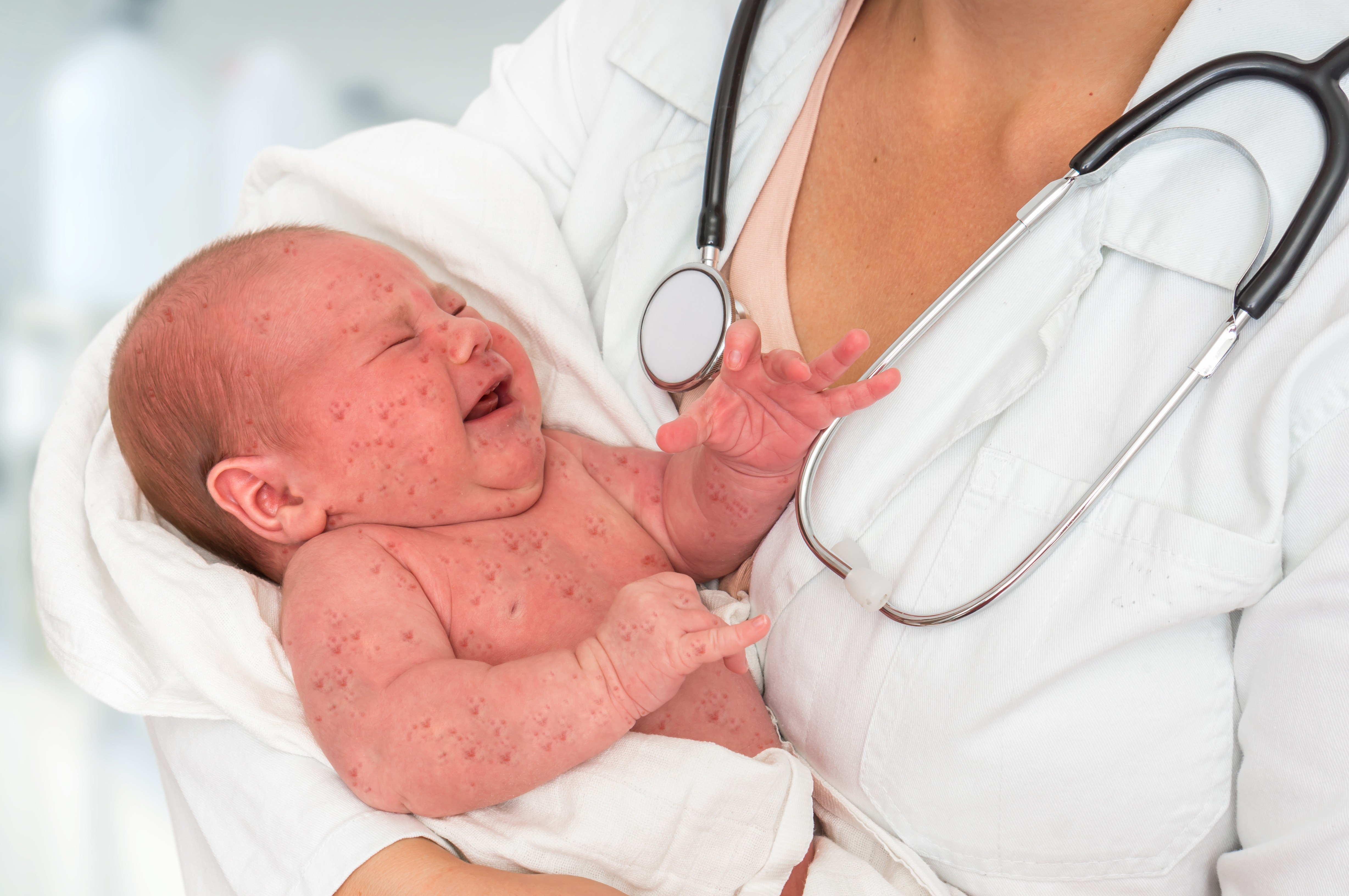 [2] The next common pathogen in this group is E. coli and has emerged as the most common cause of early-onset sepsis and meningitis among very low birth weight (VLBW, less than 1500 g) infants.[2]
[2] The next common pathogen in this group is E. coli and has emerged as the most common cause of early-onset sepsis and meningitis among very low birth weight (VLBW, less than 1500 g) infants.[2]
In the late-onset group, the incidence is directly related to gestational age and birth weight. The most common offenders here are coagulase-negative staphylococci and Staphylococcus aureus, followed by E. coli and Klebsiella.
Another bacteria found in early-onset meningitis is Listeria, and antibiotic coverage should consider this as well. Late-onset illness should cover additional organisms in the nosocomial environment, especially those in neonatal intensive care units, including Pseudomonas aeruginosa and methicillin-resistant Staphylococcus aureus.[3]
Viral illnesses should be considered, and include herpes simplex virus (HSV) infection and enterovirus. With a detailed maternal history indicating her infection with HSV, antiviral coverage is strongly suggested.
Epidemiology
Neonates are especially prone to meningitis and sepsis due to their cellular and humoral immune immaturity. They are at high risk for bacterial infections, with 10% to 20% of febrile infants younger than 3 months having a serious bacterial infection. Bacteremia is twice as likely to occur in the first month of life.
In developed countries, culture-proven neonatal meningitis is estimated at 0.3 per 1000 live births, but this is likely underestimated. For infants in the neonatal intensive care unit (NICU), of those evaluated for sepsis, only 30% to 50% have a lumbar puncture done, and 75% of the time it occurs after the initiation of broad-spectrum antibiotics. As such, the culture results may be affected by this.[2] The mortality rate is about 10% to 15%, and the morbidity remains high. Up to 50% of infants who survive the illness develop chronic neurological sequelae, including seizures, cognitive deficiencies, motor problems, as well as hearing and visual impairment. [3]
[3]
In developing countries, the incidence is higher, at 0.8 to 6.1 per 1000 live births, with a mortality rate of up to 58%.[2] Reporting in some of these countries is suspect, and the incidence is likely higher.
Multiple sources report that in the last 40 years, the mortality of this disease has dropped tremendously. However, despite the multitude of advances in neonatology and medicine, morbidity has not changed.
Pathophysiology
The most common mechanism this illness develops is via primary bloodstream infection with seeding into the central nervous system. Early and late-onset infection can manifest in different ways, with early-onset infection being primarily maternal in origin. The birth process exposes the infant to a multitude of pathogens. It can be transmitted through the vagina to ruptured amniotic membranes, or due to contact of the neonate’s skin during passage through the birth canal. Organisms such as Listeria monocytogenes can be transmitted through the placenta. [2] Late-onset infection is largely nosocomial in nature. Poor hand hygiene between infected and uninfected infants is one cause.[2] Foreign devices such as endotracheal tubes, ventilators, catheters, and feeding tubes can also transmit infection.
[2] Late-onset infection is largely nosocomial in nature. Poor hand hygiene between infected and uninfected infants is one cause.[2] Foreign devices such as endotracheal tubes, ventilators, catheters, and feeding tubes can also transmit infection.
Introduction of the pathogen through the blood-brain barrier (BBB) is much easier in the neonate. From late gestation until the postnatal period, the barrier is still in development, and this leads to increased susceptibility to infection.[4] Because the infant’s brain is still developing after birth, the cerebral vessels are more fragile, leading to more devastating effects from the illness.
The immune system of the neonate is immature, including the phagocytic response. While the phagocytic response is impaired only transiently, thought to reach adult levels by day 3 of life, the neonatal immune system is deficient in complement and antimicrobial proteins and peptides.[4] After infection, a multitude of inflammatory responses begins, including the production of TNF-alpha, which is an inflammatory marker, and IL1B and IL6 cytokines. In a study of 54 infants, higher levels of these inflammatory markers were found in the cerebrospinal fluid (CSF) of those with bacterial meningitis.[4]
In a study of 54 infants, higher levels of these inflammatory markers were found in the cerebrospinal fluid (CSF) of those with bacterial meningitis.[4]
History and Physical
Meningitis in neonates is difficult to diagnose as symptoms can be vague. Fever is the obvious red flag; however, it can sometimes present as a multitude of complaints. Irritability, or “fussiness,” and poor feeding should raise suspicions. The clinician should take a good maternal and pregnancy history as well. Questions should include those of the mother’s sexual history, whether she received antibiotics during delivery, and how long was it from rupture of membranes until delivery. Were there complications during delivery, were forceps or vacuums used, or other interventions that could introduce infection? All of these are risk factors and will help guide workup and treatment.
Neonates may look well, but can also be toxic appearing. Tachypnea, a petechial rash, poor neonatal reflexes, and a floppy infant should prompt the clinician to suspect meningitis or any other cause of sepsis. Other findings on the physical exam include a bulging fontanelle, although this is a late finding.
Other findings on the physical exam include a bulging fontanelle, although this is a late finding.
Evaluation
Any infant 28 days old or younger who presents with a fever (100.4 F) should undergo a septic workup. This includes a complete blood count (CBC) with differential, blood culture, catheterized urine with culture, chest radiograph, and lumbar puncture. Orders for the lumbar puncture should include cell count, glucose, protein, gram stain, culture, and, if suspected, HSV polymerase chain reaction (PCR) study.
The lumbar puncture with cell count, protein, gram stain, and culture is essential in pinpointing this diagnosis. The culture of the CSF continues to be the gold standard. Typical white blood cell (WBC) counts in CSF for bacterial meningitis range from 200 to 100,000 per mL, and 25 to 1000 per mL for viral meningitis.[5] In the differential, there may be 80% to 100% neutrophils in bacterial illness, and less than 50% in viral illness.[5] Some sources indicate that the cell count in CSF can be unreliable. Typically any WBC count over 20 per mL should raise concern; however, some studies show that meningitis can be present despite a normal WBC count. A study evaluating 9111 infants showed that using the 20 per mL cutoff missed 13% of meningitis cases.[2] This indicates that culture continues to be the gold standard for diagnosis.
Typically any WBC count over 20 per mL should raise concern; however, some studies show that meningitis can be present despite a normal WBC count. A study evaluating 9111 infants showed that using the 20 per mL cutoff missed 13% of meningitis cases.[2] This indicates that culture continues to be the gold standard for diagnosis.
PCR may be a more sensitive and real-time tool to diagnose meningitis in the future. A real-time PCR assay to detect multiple pathogens, including Streptococcus pneumonia, E. coli, GBS, S. aureus, and L. monocytogenes, had an overall higher detection rate compared to culture (72% vs. 48%). Even if antibiotics had been started, PCR detected pathogens that cultures did not (58% vs. 29%).[2] More studies are needed before PCR is widely used.
Another test to detect SBI in infants includes C-reactive protein (CRP) and procalcitonin. Studies involving CRP in diagnosis have been promising, but its use is limited because it takes 8 to 10 hours to synthesize, so its sensitivity varies.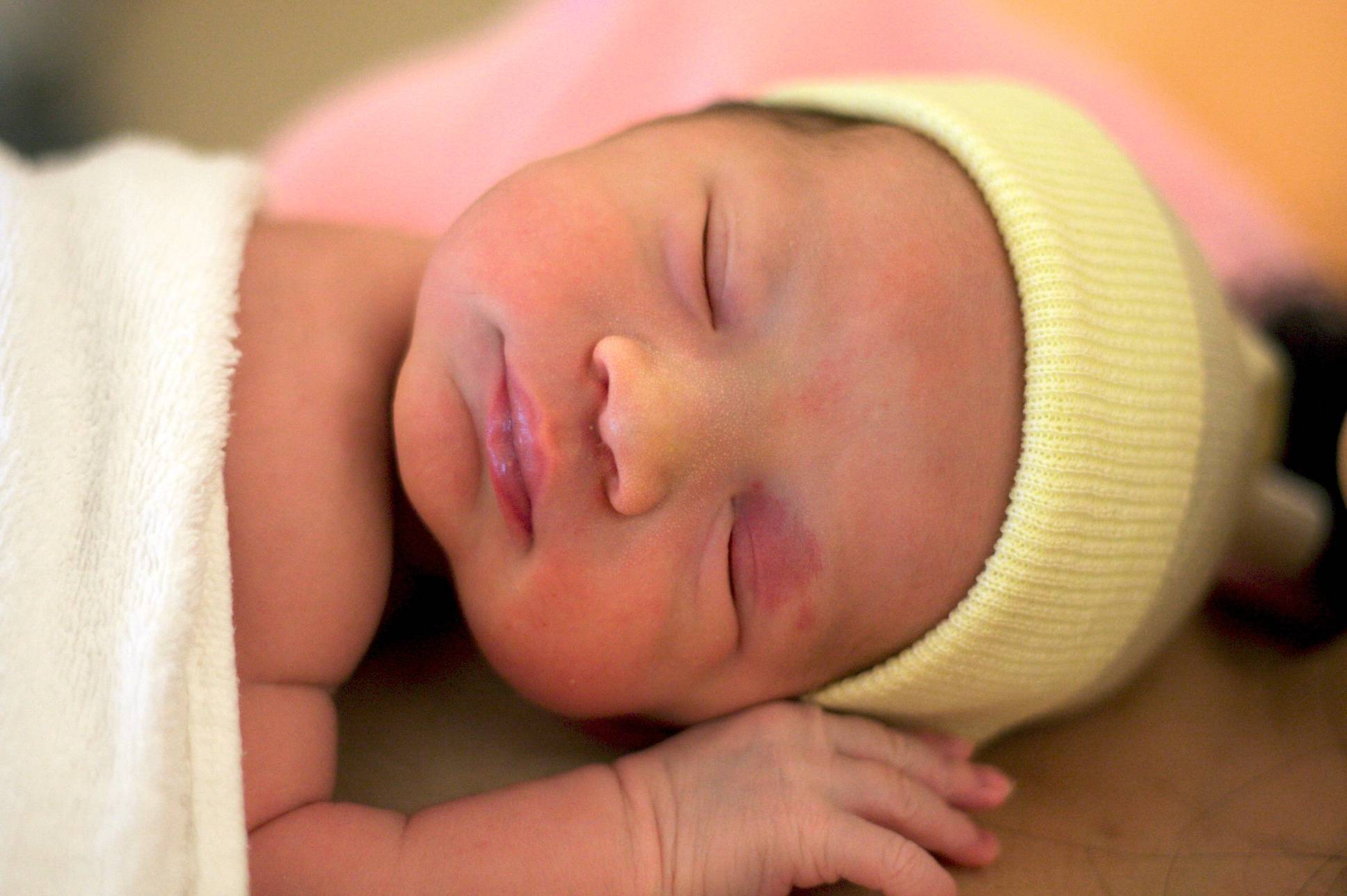 Procalcitonin shows promise, as it increases within 2 hours of infection. It has a high sensitivity (92.6%) and specificity (97.5%) if drawn after the first hours of life.
Procalcitonin shows promise, as it increases within 2 hours of infection. It has a high sensitivity (92.6%) and specificity (97.5%) if drawn after the first hours of life.
Treatment / Management
Because of the high morbidity and mortality of meningitis in neonates, treatment is aggressive. Infants should be hospitalized and cultures followed until negative for 72 hours. Broad-spectrum antibiotics should be started as soon as possible. Toxic patients may require care in a pediatric intensive care setting.
Antibiotic choices for neonatal meningitis include ampicillin and gentamicin or cefotaxime. For infants younger than 8 days old, the dose for Ampicillin is 150 mg/kg per day divided every 8 hours, plus gentamicin 4 mg/kg daily or cefotaxime 100 to 150 mg/kg per day divided every 8 to 12 hours. From 8 to 28 days old, the antibiotics are the same, but the dosing is slightly different. The ampicillin dose is 200 mg/kg/day divided q6 hours, plus the same dose for gentamycin or cefotaxime 150 to 200 mg/kg per day divided every 6 to 8 hours.
If concern for HSV is high, starting acyclovir is highly recommended. The dose is 60 mg/kg per day divided every 8 hours, or 20 mg/kg per dose. Symptoms that trigger this include seizures, skin lesions, and abnormal liver function tests.
Differential Diagnosis
There are many reasons infants can be febrile. The number one consideration is infections. Most commonly, a viral infection is the culprit. However, since the morbidity and mortality of both neonatal meningitis and sepsis are high, other causes of fever need to be ruled out. Other causes of neurological symptoms in infants include primary brain tumor, head injury, intraventricular hemorrhage in the premature infant population, a toxin, hyponatremia due to watered-down formula, genetic diseases, primary metabolic disorders, among others. Non-accidental trauma, including shaken baby syndrome, should be considered as well.
Prognosis
Despite the decrease in mortality, neonatal meningitis continues to have high morbidity. Those include profound neurological deficits such as learning disabilities, seizures, behavioral abnormalities, visual and hearing deficits, and profound mental retardation.
Those include profound neurological deficits such as learning disabilities, seizures, behavioral abnormalities, visual and hearing deficits, and profound mental retardation.
One study in Tunisia showed that 21.9% of the children reviewed in their retrospective study had neurological sequelae. Respiratory distress, low birth weight, shock, and a pleocytosis of fewer than 500 cells/mL were indicators of a worse prognosis. The addition of Ofloxacin to the antibiotic regimen was associated with decreased neurological sequelae in survivors.[6] High CSF protein, both during and after acute illness, has also been linked to poorer outcomes.[7]
Pearls and Other Issues
The biggest pitfall of meningitis in infants is not considering it in the first place. Well-appearing febrile infants can become toxic quickly, and are at high risk for SBI due to their immature immune systems.
The lumbar puncture with a culture of the CSF continues to be the gold standard of diagnosis. PCR may be a test that can be used in the future. Broad-spectrum antibiotics are the standard of care and should include ampicillin plus gentamicin or cefotaxime. Cefotaxime is currently preferred. If suspected, consider adding acyclovir to the regimen. In children with neurologic symptoms consider other etiologies; however, meningitis must be ruled out, due to its high morbidity and mortality.
Broad-spectrum antibiotics are the standard of care and should include ampicillin plus gentamicin or cefotaxime. Cefotaxime is currently preferred. If suspected, consider adding acyclovir to the regimen. In children with neurologic symptoms consider other etiologies; however, meningitis must be ruled out, due to its high morbidity and mortality.
Enhancing Healthcare Team Outcomes
The diagnosis of neonatal meningitis can be a devastating one. However, today mortality is lower, due to aggressive treatment with antibiotics, antiviral, and advanced neonatal medicine. An interprofessional team approach including physicians, nurses, pharmacists, and caseworkers can help not only treat the patient but the parents as well. Neurologic sequelae that can result will require, in many cases, lifelong care. Over his or her lifetime, they will need physical therapy, cognitive therapy, medication, and social support. This will center on the child’s primary pediatrician, who can coordinate therapies and specialist consultations, including neurology, and if the sequelae are severe enough, home health care.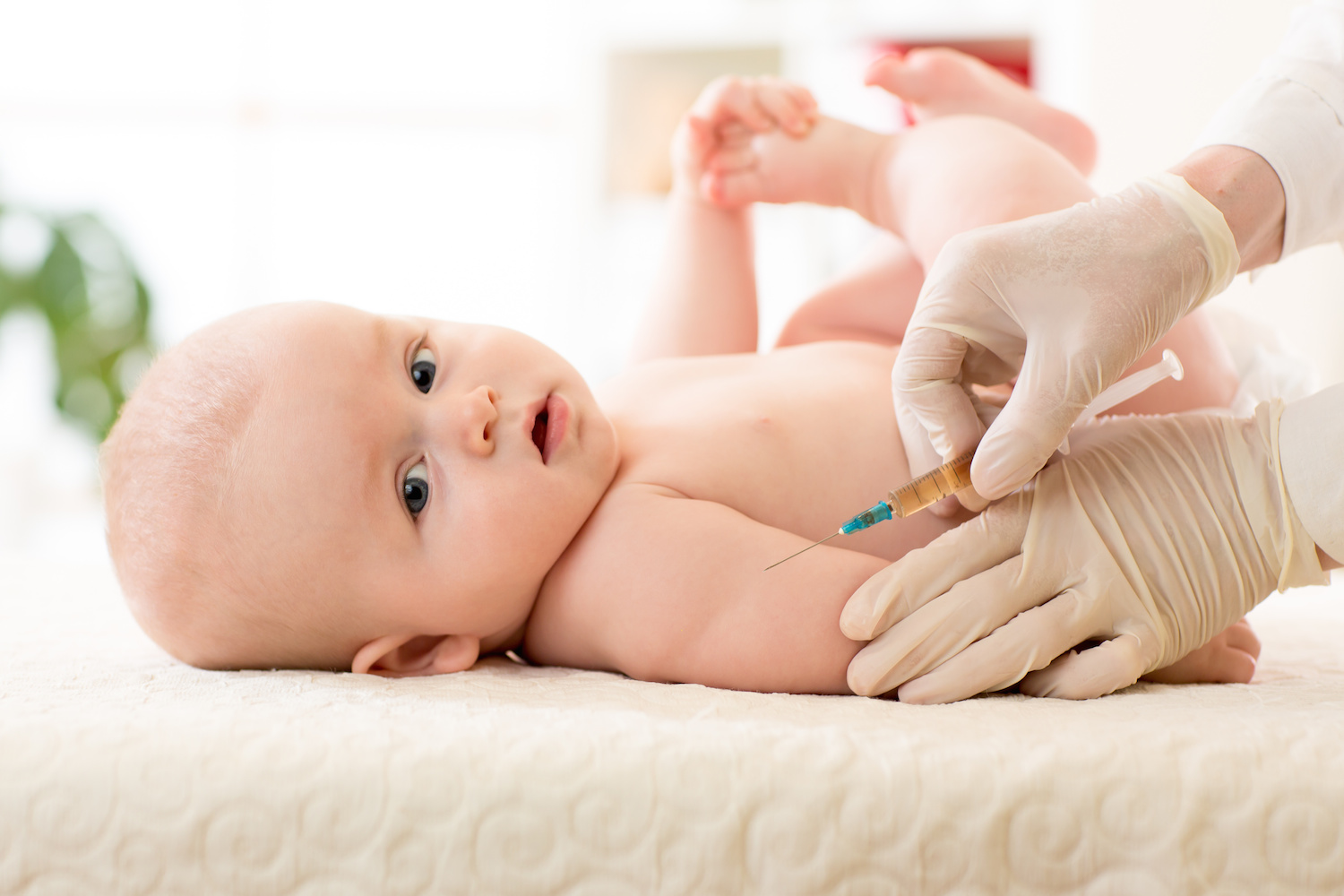
There are clinical decision rules to help determine which children should be admitted and who can be safely discharged. The Bacterial Meningitis Score, which can identify very low risk (VLR) patients, has been tested and reaffirmed in several studies and shows it can help decrease costs and increase patient safety by decreasing unnecessary, and possibly harmful, treatments and testing. However, it cannot be used in the less than 60-day-old age group, as there has been uncertainty regarding its validity in this population. (Level 1)
In a more successful trial in reducing unnecessary testing and improving outcomes in infants, a team of pediatricians at the University of Utah devised an evidence-based care process model (EB-CPM). Applying this to not only well-appearing infants at the tertiary care center but also the other medical facilities in the region, they were able to decrease costs and lengths of stay, and improve outcomes over 2 years across all facilities. This involved determining evidence-based approaches to laboratory testing, imaging, and treatment.:max_bytes(150000):strip_icc()/GettyImages-579916073-571063743df78c3fa27fc378.jpg) They also used web-accessible tools including algorithms, orders, references, and antibiotic recommendations. (Level 1)
They also used web-accessible tools including algorithms, orders, references, and antibiotic recommendations. (Level 1)
References
- 1.
- Berardi A, Lugli L, Rossi C, China MC, Vellani G, Contiero R, Calanca F, Camerlo F, Casula F, Di Carlo C, Rossi MR, Chiarabini R, Ferrari M, Minniti S, Venturelli C, Silvestrini D, Dodi I, Zucchini A, Ferrari F., Infezioni da Streptococco B Della Regione Emilia Romagna. Neonatal bacterial meningitis. Minerva Pediatr. 2010 Jun;62(3 Suppl 1):51-4. [PubMed: 21089719]
- 2.
- Ku LC, Boggess KA, Cohen-Wolkowiez M. Bacterial meningitis in infants. Clin Perinatol. 2015 Mar;42(1):29-45, vii-viii. [PMC free article: PMC4332563] [PubMed: 25677995]
- 3.
- Gordon SM, Srinivasan L, Harris MC. Neonatal Meningitis: Overcoming Challenges in Diagnosis, Prognosis, and Treatment with Omics. Front Pediatr. 2017;5:139. [PMC free article: PMC5472684] [PubMed: 28670576]
- 4.
- Barichello T, Fagundes GD, Generoso JS, Elias SG, Simões LR, Teixeira AL.
 Pathophysiology of neonatal acute bacterial meningitis. J Med Microbiol. 2013 Dec;62(Pt 12):1781-1789. [PubMed: 23946474]
Pathophysiology of neonatal acute bacterial meningitis. J Med Microbiol. 2013 Dec;62(Pt 12):1781-1789. [PubMed: 23946474] - 5.
- Norris CM, Danis PG, Gardner TD. Aseptic meningitis in the newborn and young infant. Am Fam Physician. 1999 May 15;59(10):2761-70. [PubMed: 10348069]
- 6.
- Ben Hamouda H, Ben Haj Khalifa A, Hamza MA, Ayadi A, Soua H, Khedher M, Sfar MT. [Clinical outcome and prognosis of neonatal bacterial meningitis]. Arch Pediatr. 2013 Sep;20(9):938-44. [PubMed: 23829970]
- 7.
- Tan J, Kan J, Qiu G, Zhao D, Ren F, Luo Z, Zhang Y. Clinical Prognosis in Neonatal Bacterial Meningitis: The Role of Cerebrospinal Fluid Protein. PLoS One. 2015;10(10):e0141620. [PMC free article: PMC4625018] [PubMed: 26509880]
Meningitis – NHS
Meningitis is an infection of the protective membranes that surround the brain and spinal cord (meninges).
It can affect anyone, but is most common in babies, young children, teenagers and young adults.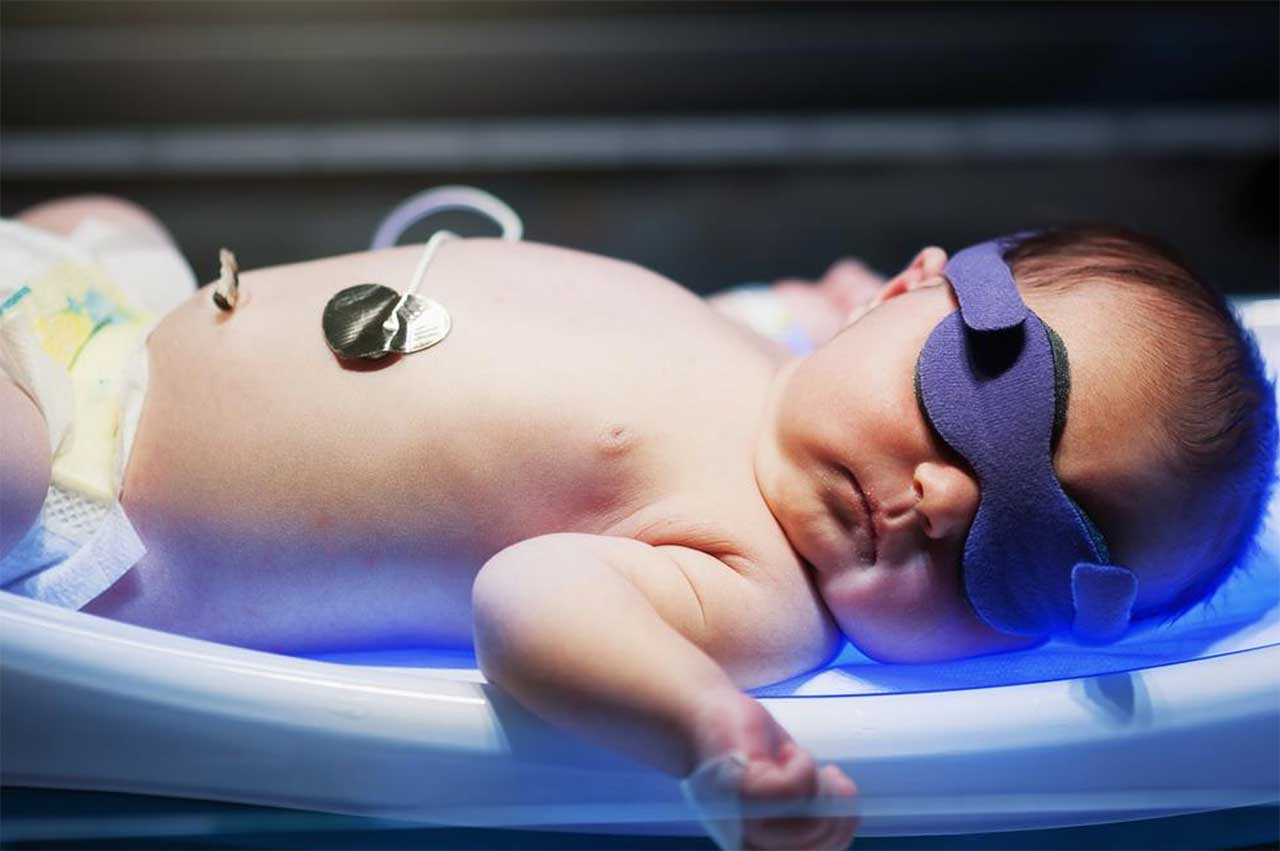
Meningitis can be very serious if not treated quickly.
It can cause life-threatening blood poisoning (septicaemia) and result in permanent damage to the brain or nerves.
A number of vaccinations are available that offer some protection against meningitis.
Symptoms of meningitis
Symptoms of meningitis develop suddenly and can include:
- a high temperature (fever)
- being sick
- a headache
- a rash that does not fade when a glass is rolled over it (but a rash will not always develop)
- a stiff neck
- a dislike of bright lights
- drowsiness or unresponsiveness
- seizures (fits)
These symptoms can appear in any order. You do not always get all the symptoms.
You do not always get all the symptoms.
Important:
Coronavirus (COVID-19)
At the moment it can be hard to know what to do if your child is unwell.
It’s important to trust your instincts and get medical help if you need it.
When to get medical help
You should get medical advice as soon as possible if you’re concerned that you or your child could have meningitis.
Trust your instincts and do not wait until a rash develops.
Call 999 for an ambulance or go to your nearest A&E immediately if you think you or your child might be seriously ill.
Call NHS 111 or your GP surgery for advice if you’re not sure if it’s anything serious or you think you may have been exposed to someone with meningitis.
How meningitis is spread
Meningitis is usually caused by a bacterial or viral infection.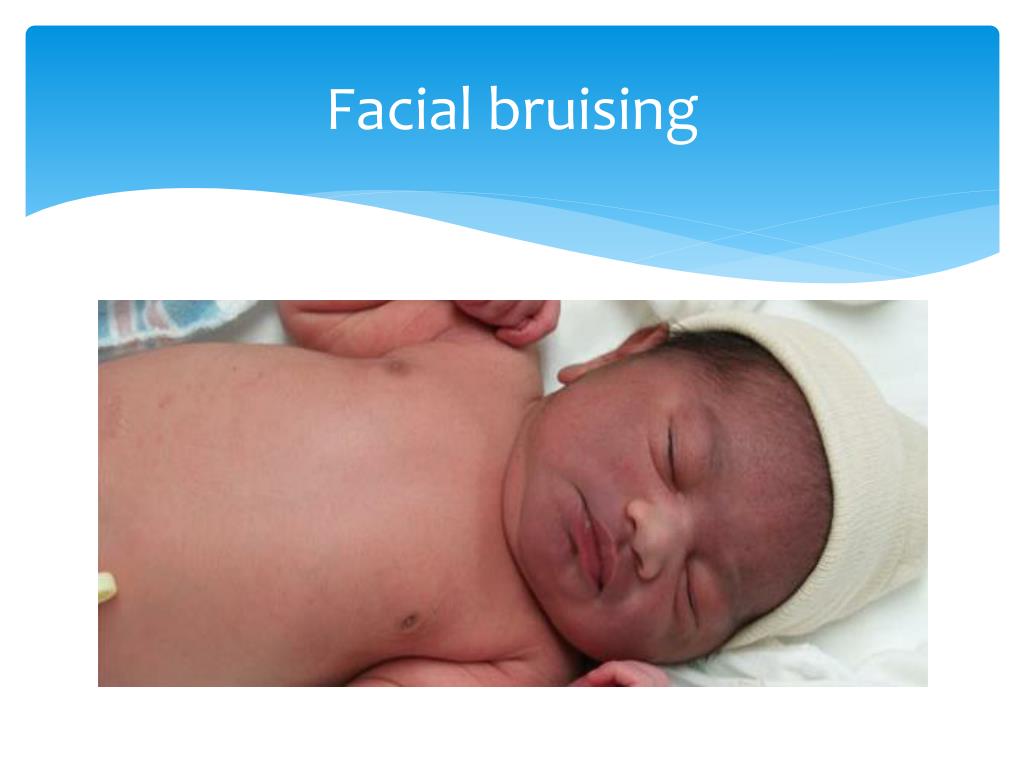
Bacterial meningitis is rarer but more serious than viral meningitis.
Infections that cause meningitis can be spread through:
Meningitis is usually caught from people who carry these viruses or bacteria in their nose or throat but are not ill themselves.
It can also be caught from someone with meningitis, but this is less common.
Vaccinations against meningitis
Vaccinations offer some protection against certain causes of meningitis.
These include the:
- meningitis B vaccine – offered to babies aged 8 weeks, followed by a second dose at 16 weeks and a booster at 1 year
- 6-in-1 vaccine – offered to babies at 8, 12 and 16 weeks of age
- pneumococcal vaccine – offered to babies born before 1 January 2020 at 8 and 16 weeks and 1 year of age; babies born on or after 1 January 2020 have 2 doses at 12 weeks and 1 year
- Hib/MenC vaccine – offered to babies at 1 year of age
- MMR vaccine – offered to babies at 1 year and a second dose at 3 years and 4 months
- meningitis ACWY vaccine – offered to teenagers, sixth formers and “fresher” students going to university for the first time
Treatments for meningitis
People with suspected meningitis will usually have tests in hospital to confirm the diagnosis and check whether the condition is the result of a viral or bacterial infection.
Bacterial meningitis usually needs to be treated in hospital for at least a week.
Treatments include:
- antibiotics given directly into a vein
- fluids given directly into a vein
- oxygen through a face mask
Viral meningitis tends to get better on its own within 7 to 10 days and can often be treated at home.
Getting plenty of rest and taking painkillers and anti-sickness medication can help relieve the symptoms in the meantime.
Outlook for meningitis
Viral meningitis will usually get better on its own and rarely causes any long-term problems.
Most people with bacterial meningitis who are treated quickly will also make a full recovery, although some are left with serious long-term problems.
These can include:
- hearing loss or vision loss, which may be partial or total
- problems with memory and concentration
- recurrent seizures (epilepsy)
- co-ordination, movement and balance problems
- loss of limbs – amputation of affected limbs is sometimes necessary
Overall, it’s estimated up to 1 in every 10 cases of bacterial meningitis is fatal.
Find out more about the complications of meningitis
Community content from HealthUnlocked
Page last reviewed: 08 March 2019
Next review due: 08 March 2022
Neonatal Meningitis — Causes, Treatment, Prevention – Meningitis Center
In the United States, there are roughly 300 to 400 cases of neonatal meningitis for every 100,000 live births. A rare type of meningitis, this often life-threatening condition affects newborns and is caused by various bacteria, including group B strep, E. coli, and listeria.
A rare type of meningitis, this often life-threatening condition affects newborns and is caused by various bacteria, including group B strep, E. coli, and listeria.
The most common cause of neonatal meningitis in the United States is group B beta-hemolytic streptococcus, or group B strep. According to the U.S. Centers for Disease Control and Prevention, 10 to 30 percent of pregnant women carry group B strep, which can potentially lead to meningitis at or near the time of birth.
Neonatal meningitis can also be caused by Escherichia coli (E. coli), and in rare cases, listeria monocytogenes (listeria). Pregnant women are among those at high risk for developing listeriosis, a food-borne illness that results from contaminated foods like soft cheeses, hot dogs, and luncheon meats. Listeria can be passed on through the birth canal during pregnancy.
Symptoms of Neonatal Meningitis
Because neonatal meningitis can be fatal, any infant showing symptoms should be taken to the emergency room immediately.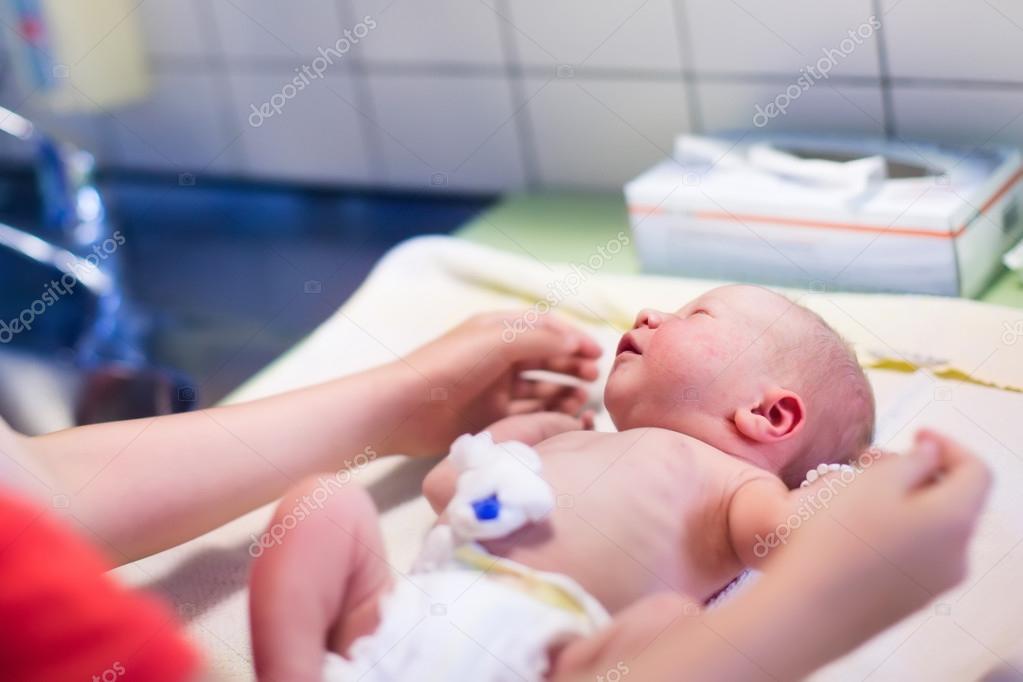 Signs of neonatal meningitis may include:
Signs of neonatal meningitis may include:
- Feeding poorly or refusing to feed
- Irritability
- Trouble breathing
- Bulging fonatelle, the soft spot at the top of the head
- Diarrhea
- Feeling too warm or too cold
Neonatal Meningitis Diagnosis and Treatment
When doctors suspect neonatal meningitis, the newborn will have a lumbar puncture, or spinal tap, a procedure in which a needle is inserted in the back to withdraw spinal fluid for laboratory examination. Infants with neonatal meningitis are generally treated with:
- Fluids
- Antimicrobial agents (medications that work against bacteria causing meningitis)
Depending on the severity of the illness, the infant may require other therapies, such as:
- Anticonvulsant medicine, if the baby is having seizures
- Monitoring with an intracranial (inside the head) pressure monitoring device placed
- Evaluation for cerebral abscess, a mass in the brain resulting from a bacterial or fungal infection
- Evaluation for hydrocephalus, commonly referred to as water on the brain
How to Prevent Neonatal Meningitis
If a pregnant woman is given antibiotics during labor, her baby’s risk of having group B strep disease is greatly reduced. Doctors typically test a woman for group B strep in the third trimester. Group B strep cannot be prevented by the mother taking antibiotics before going into labor.
Doctors typically test a woman for group B strep in the third trimester. Group B strep cannot be prevented by the mother taking antibiotics before going into labor.
Women who should receive antibiotics during labor include those who:
- Have previously had a baby with a group-B strep infection
- Have a urinary tract infection caused by group B strep
- Have group-B strep bacteria, but are not infected
Neonatal Meningitis: Avoiding Listeriosis
There are numerous ways to reduce your risk of listeriosis. Here are some tips:
- Thoroughly cook any raw food from animal sources
- Wash vegetables thoroughly before eating
- Do not drink unpasteurized milk or eat products made with unpasteurized milk
Neonatal meningitis is a serious condition. Take steps to educate yourself about the condition before you have a baby so that you can be familiar with the warning signs and minimize your child’s risk of infection.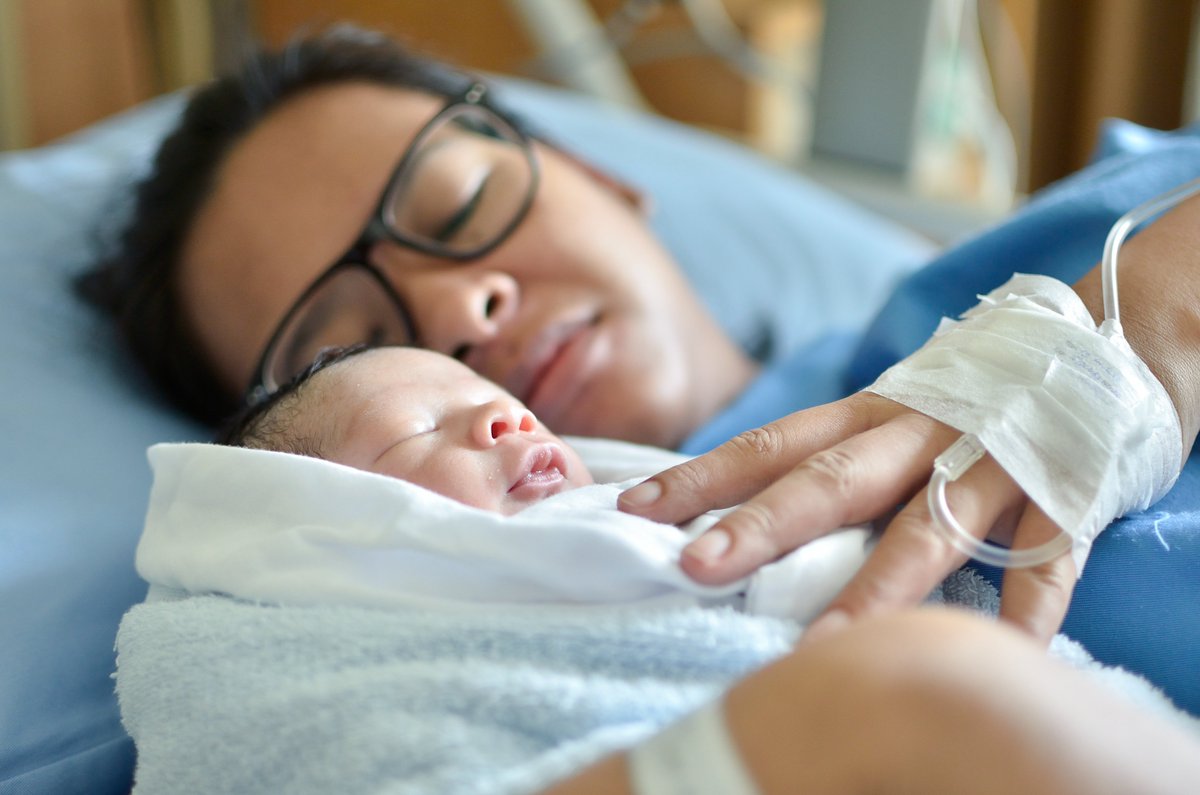
Meningitis in Infants and Children
Meningitis is an inflammation of the tissues that cover the brain and spinal cord. The inflammation sometimes affects the brain itself. With early diagnosis and proper treatment, a child with meningitis has a reasonable chance of a good recovery, though some forms of bacterial meningitis develop rapidly and have a high risk of complications.
Types of meningitis: viral and bacterial
Thanks to
vaccines that protect against serious forms of bacterial meningitis, today most cases of meningitis are caused by viruses. The viral form usually is not very serious, except in infants less than three months of age and with certain viruses such as
herpes simplex, which typically causes another serious infection. Once meningitis is diagnosed as being caused by a virus, there is no need for antibiotics and recovery should be complete. Bacterial meningitis
(several types of bacteria are involved) is a very serious disease. It occurs rarely in developed countries
It occurs rarely in developed countries
(because of the success of vaccines), but when it does occur, children under the age of two are at greatest risk.
The bacteria that cause meningitis often can be found in the mouths and throats of healthy children. But this does not necessarily mean that these children will get the disease. That doesn’t happen unless the bacteria get into the bloodstream.
Children at higher risk of meningitis
We still don’t understand exactly why some children get meningitis and others don’t, but we do know that certain groups of children are more likely to get the illness. These include the following:
Babies, especially those under two months of age (Because their immune systems are not well developed, the bacteria can get into the bloodstream more easily.)
Children with recurrent
sinus infectionsChildren with recent serious
head injuries and skull fracturesChildren who have just had brain surgery
Children with cochlear implants
With prompt diagnosis and treatment, 7 out of 10 children who get bacterial meningitis recover without any complications.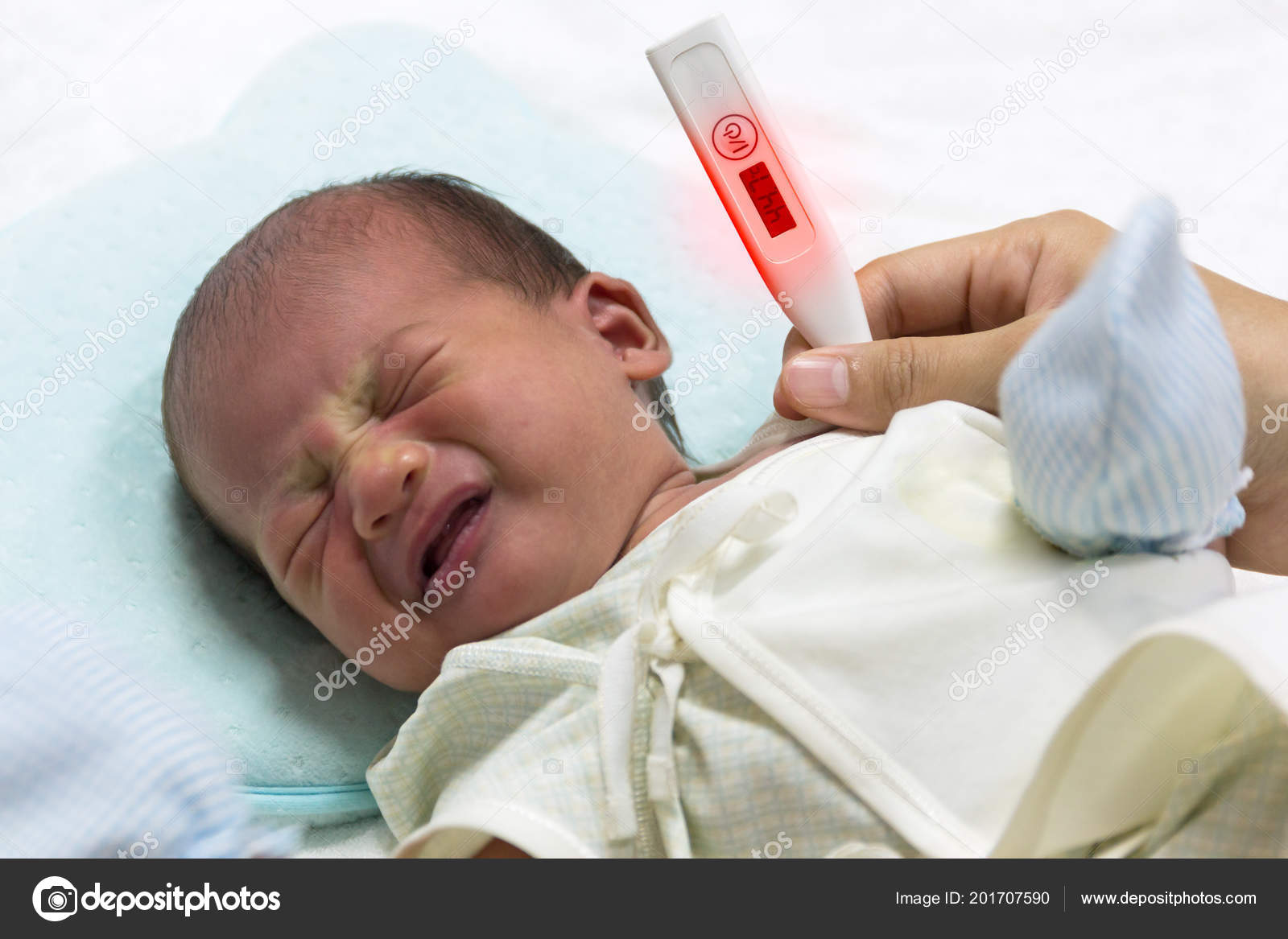 However, bear in mind that meningitis is a potentially fatal disease, and in about 2 out of 10 cases, it can lead to serious nervous-system problems, deafness,
However, bear in mind that meningitis is a potentially fatal disease, and in about 2 out of 10 cases, it can lead to serious nervous-system problems, deafness,
seizures, paralysis of the arms or legs, or
learning difficulties. Because meningitis progresses quickly, it must be detected early and treated aggressively.
Notify your pediatrician immediately if your child displays any of the following warning signs:
If your child is less than two months old: A
fever, decreased appetite, listlessness, or increased crying or irritability warrants a call to your doctor. At this age, the signs of meningitis can be very subtle and difficult to detect. It’s better to call early and be wrong than to call too late.
If your child is two months to two years old: This is the most common age for meningitis. Look for symptoms such as fever, vomiting, decreased appetite, excessive crankiness, or excessive sleepiness.
(His cranky periods might be extreme, and his sleepy periods might make it impossible to arouse him.) Seizures along with a fever may be the first signs of meningitis, although most brief, generalized (so-called tonic-clonic) convulsions turn out to be simple
febrile seizures, not meningitis. A rash also may be a symptom of this condition.
If your child is two to five years old: In addition to the above symptoms, a child of this age with meningitis may complain of a
headache, pain in his back, or a stiff neck. He also may object to looking at bright lights.
Treatment for meningitis
If, after an examination, your pediatrician is concerned that your child may have meningitis, she will conduct a blood test to check for a bacterial infection and also will obtain some spinal fluid by performing a spinal tap, or lumbar puncture (LP).
This simple procedure involves inserting a special needle into your child’s lower back to draw out spinal fluid. This is usually a safe technique in which fluid is sampled from the bottom of the sac surrounding the spinal cord. Signs of infection in this fluid will confirm that your child has bacterial meningitis. In that case he’ll need to be admitted to the hospital for intravenous antibiotics and fluids and for careful observation for complications.
This is usually a safe technique in which fluid is sampled from the bottom of the sac surrounding the spinal cord. Signs of infection in this fluid will confirm that your child has bacterial meningitis. In that case he’ll need to be admitted to the hospital for intravenous antibiotics and fluids and for careful observation for complications.
During the first days of treatment, your child may not be able to eat or drink, so intravenous fluids will provide the medicine and nutrition he needs. For bacterial meningitis, intravenous antibiotics may be necessary for seven to twenty-one days, depending on the age of the child and the bacteria identified. If prolonged antibiotics are needed, your child may be able to continue receiving medication in the comfort of your own home. Most children with viral meningitis improve within seven to ten days without antibiotics. Children will typically recover at home with rest, fluids, and over-the-counter pain medications, although some might need to be treated in the hospital.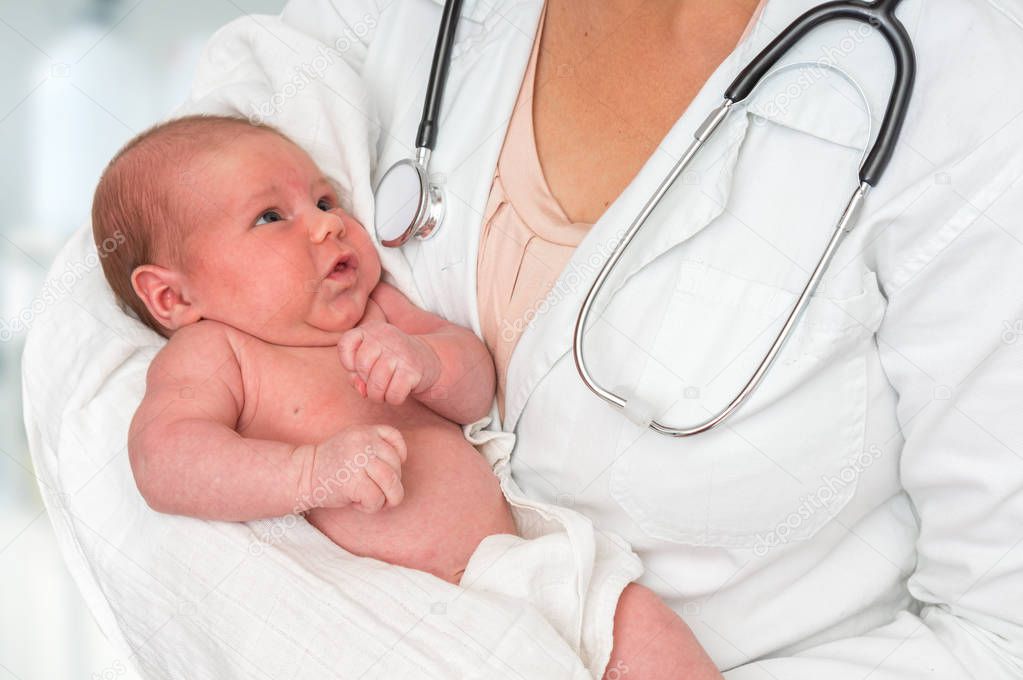
Prevention
Some types of bacterial meningitis can be prevented with vaccines. Ask your pediatrician about the following vaccines.
Hib (Haemophilus influenzae type b) Vaccine
This vaccine will decrease the chance of children becoming infected with Haemophilus influenzae type b (Hib) bacteria, which was the leading cause of bacterial meningitis among young children before this immunization became available. The vaccine is given by injection to children at two months, four months, and six months, and then again between twelve and fifteen months of age.
(Some combined vaccines may allow
your
doctor to omit the last injection.)
Meningococcal Vaccine
There are two kinds of meningococcal vaccines available in the US, but the preferred vaccine for children is called the meningococcal conjugate vaccine (MCV4). Although it can prevent four types of meningococcal disease, it is not routinely recommended for very young children, but rather for young adolescents
(eleven to twelve years of age), or
teenagers at the time they start high school
(or at fifteen years old).
Pneumococcal Vaccine
This vaccine is effective in preventing many serious infections caused by the pneumococcus bacteria, including meningitis as well as bacteremia
(an infection of the bloodstream) and
pneumonia. It is recommended starting at two months of age, with additional doses at four, six, and between twelve and fifteen months of age. Some children who have an increased susceptibility to serious infections
(these high-risk children include those with abnormally functioning immune systems, sickle cell disease, certain kidney problems, and other chronic conditions) may receive an additional pneumococcal vaccine between ages two and five years.
More information:
The information contained on this Web site should not be used as a substitute for the medical care and advice of your pediatrician. There may be variations in treatment that your pediatrician may recommend based on individual facts and circumstances.
Kids Health Information : Meningitis
Meningitis happens when the membrane covering the brain and the spinal cord, called the meninges, becomes infected and swollen or inflamed. Meningitis is usually caused by either bacterial or viral infections.
Meningitis is not common, but it can be very serious and requires urgent medical treatment. There are many viral and bacterial infections that can cause meningitis, and sometimes meningitis happens because of a complication from another illness such as measles or
chickenpox.
Bacterial meningitis can get worse very quickly. One in five children infected is left with permanent disabilities, such as deafness or cerebral palsy. In a small number of cases, bacterial meningitis can cause death. Viral meningitis is more common, but it is less serious than bacterial
meningitis.
Most children will make a full recovery after meningitis, but it can take time.
Signs and symptoms of meningitis
The signs and symptoms of meningitis can be different depending on the age of your child, and whether the disease is caused by a virus or bacteria. Signs and symptoms may include:
- fever
- vomiting
- seizures (fits)
- headache
- irritability and high-pitched cry (especially in babies)
- the soft spot on the top of a baby’s head (the fontanelle) may bulge and look very full
- tiredness, drowsiness (lethargy) or hard to wake
- a stiff neck
- dislike of bright lights (photophobia)
- babies may hold their head back or arch their back.
When to see a doctor
If your child has a skin rash of small bright red spots or purple spots or bruises that do not turn white (blanch) when you press on them, this may be a sign of meningitis caused by the meningococcal bacteria. See our fact sheet
Meningococcal infection.
If your child is showing signs of meningitis or meningococcal infection, take them to the nearest doctor or hospital emergency department immediately.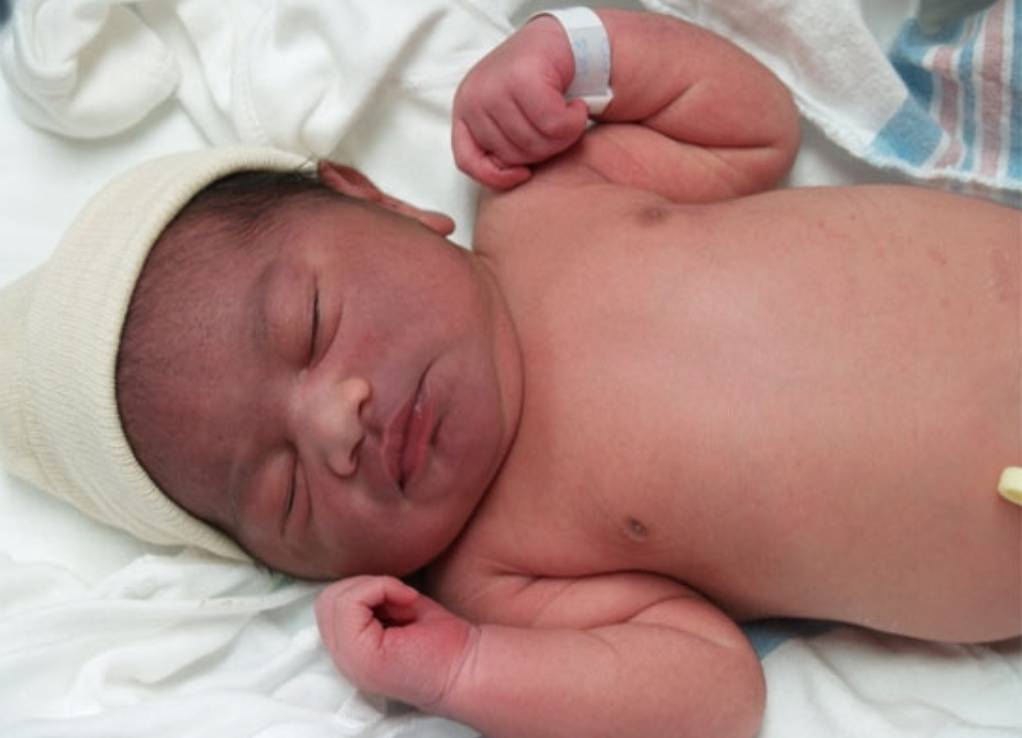
To diagnose meningitis, your child will need a lumbar puncture (see our fact sheet Lumbar puncture). This is a safe test performed by an experienced doctor, to take a sample of the fluid around the spine. A diagnosis of meningitis is made by examining this fluid and doing blood tests.
Treatment for meningitis
If your child has meningitis, they will be admitted to hospital. Their treatment and care will depend on the type of meningitis they have and how unwell they are.
The results from the lumbar puncture can take two to three days to come back. In the meantime, your child will be given antibiotics directly into a vein through a drip (intravenous or IV therapy), in case they have bacterial meningitis.
Viral meningitis
Generally, viral meningitis is not as severe as bacterial meningitis. The treatment does not include antibiotics because antibiotics do not work on viruses. Children with viral meningitis will continue to be watched closely during their hospital
stay.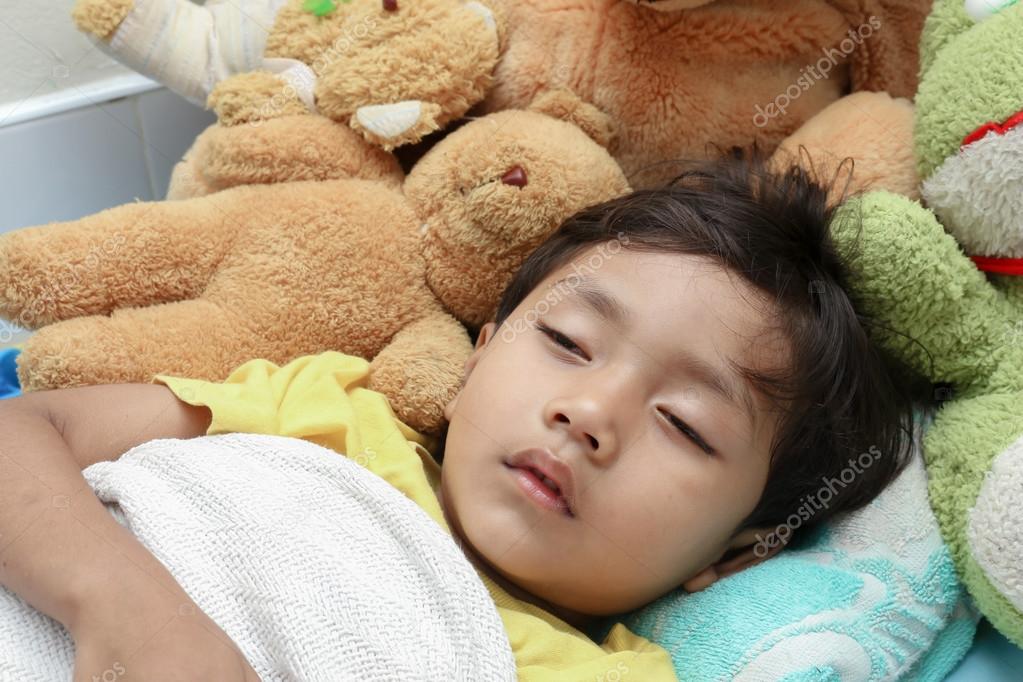
Bacterial meningitis
Bacterial meningitis can be more severe, and your child will need ongoing antibiotics. Your child will be watched closely throughout their hospital stay for any changes in their condition. The regular checks made on your child during their stay in hospital may include checking your child’s
vital signs (such as heart rate, temperature and blood pressure) and the state of their neurological system (brain and nerves).
Your child may also receive:
- fluids and medicines through a drip
- additional blood tests
- steroid medicines to reduce the swelling in their brain.
If meningococcal meningitis is suspected, it may be necessary for people who have had close contact with your child to receive antibiotics – your child’s doctor will advise you if this is needed.
Depending on the age of your child, the type of bacteria and other factors, intravenous (through a drip) antibiotic treatment may be required for up to three weeks. In some cases, some children may be able to finish their antibiotic therapy at home, under the supervision of a nurse.
In some cases, some children may be able to finish their antibiotic therapy at home, under the supervision of a nurse.
Follow-up
Most children will make a full recovery after meningitis, but it can take time. There are some possible after-effects of meningitis, which may include:
- general tiredness
- frequent headaches
- difficulty in concentration and short-term memory lapses
- clumsiness or problems with balance
- hearing problems
- mood swings.
After your child goes home from hospital, they may need check-ups to monitor their recovery. They may need a hearing test, as a small number of children who have had meningitis develop problems with their hearing.
Some children may be left with permanent damage and disability following meningitis. Your doctor will be able to give you more information about your child’s long-term outlook.
How is meningitis spread?
Many people carry the bacteria that causes bacterial meningitis in their noses and throats without getting sick.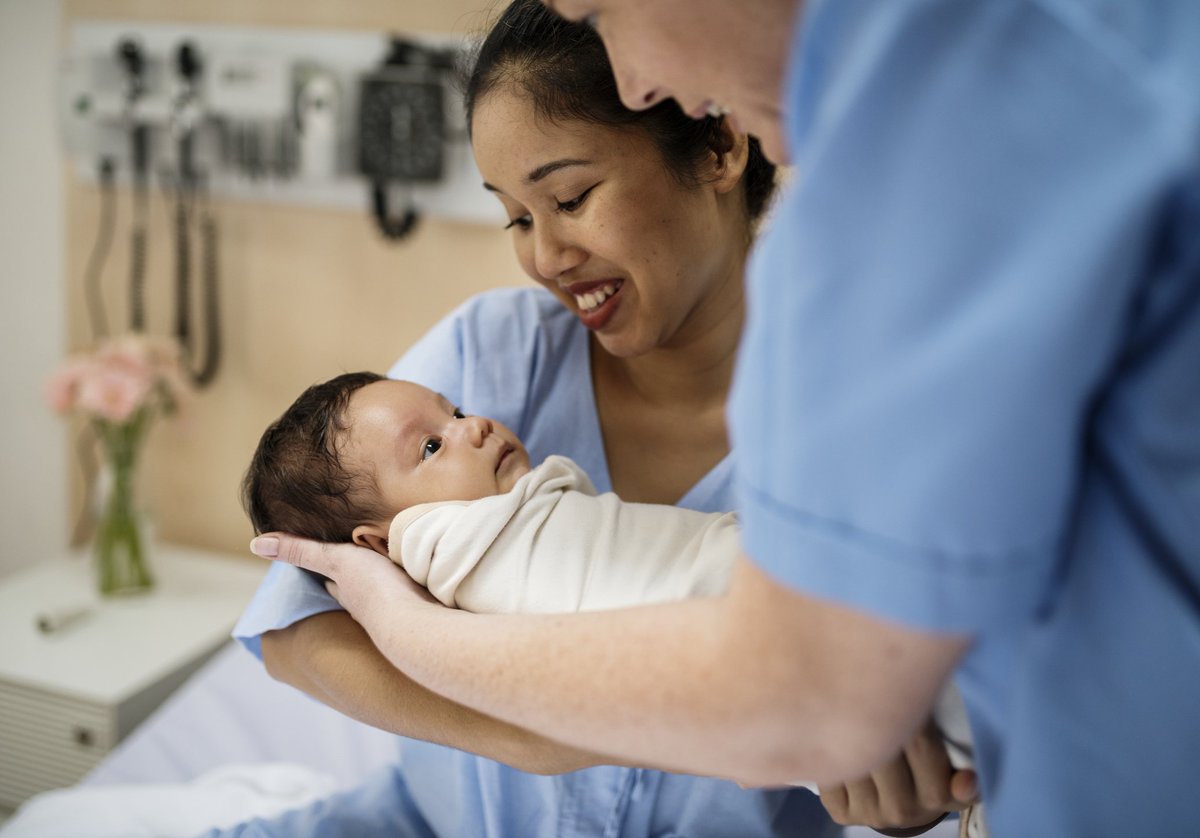 These people are called healthy carriers. Healthy carriers can spread the bacteria to other people, who may become sick.
These people are called healthy carriers. Healthy carriers can spread the bacteria to other people, who may become sick.
The bacteria or virus causing meningitis can be spread from person to person by coughing, sneezing, kissing or sharing cups, drink bottles or cutlery.
Prevention of meningitis
- Several of the bacteria that cause meningitis can be largely prevented by the routine childhood immunisations. Making sure your child is fully up to date with these immunisations is the best way to prevent meningitis.
- Children who are exposed to cigarette smoke are at a greater risk of getting meningitis. Do not allow anyone to smoke in your home or around your child.
Good hygiene reduces the chance of getting viruses or bacterial infections, or passing them onto others. Good hygiene includes:
- regularly washing hands thoroughly
- not sharing drink bottles, cups or cutlery
- encouraging children to cough or sneeze into their elbow
- teaching your child to throw tissues into the bin as soon as they have used them and to wash their hands afterwards.

Key points to remember
- Meningitis is an inflammation of the meninges (the membrane covering the brain and spinal cord).
- Meningitis is caused by either a bacterial infection or a viral infection. Bacterial meningitis can get worse very quickly.
- If your child is showing signs of meningitis, seek immediate medical attention.
- Most people recover from meningitis, although it may take a long time.
- Keeping your child’s immunisations up to date is the best way to prevent meningitis.
For more information
Common questions our doctors are asked
When will someone with meningitis stop being
contagious?
As long as a person with meningitis is coughing or sneezing
droplets into the air, they will be contagious.
If tests show my child has viral meningitis, will the
antibiotics cause any problems?
There are risks associated with all medicines, including antibiotics.
But the risk of leaving bacterial meningitis untreated is far greater than the
risk of a reaction to one of the antibiotics. The safest option is to
administer antibiotics immediately, before losing valuable time while we wait
for test results.
Developed by The Royal Children’s Hospital General Medicine department. We acknowledge the input of RCH consumers and carers.
Reviewed April
2018.
Kids Health Info is supported by The Royal Children’s Hospital Foundation. To donate, visit
www.rchfoundation.org.au.
Neonatal Meningitis: Background, Pathophysiology, Etiology
Author
Gaurav Gupta, MD, FAANS, FACS Associate Professor of Neurosurgery, System Co-Director, Cerebrovascular and Endovascular Neurosurgery, Fellowship Director, Endovascular Neurosurgery Fellowship (Site), Department of Surgery, Division of Neurosurgery, Rutgers RWJ Barnabas Healthcare, Rutgers Robert Wood Johnson Medical School
Gaurav Gupta, MD, FAANS, FACS is a member of the following medical societies: American Academy of Neurology, American Association for the Advancement of Science, American Association of Neurological Surgeons, American College of Surgeons, American Heart Association, American Medical Association, Congress of Neurological Surgeons, Facial Pain Association, Society for Neuroscience, Society of NeuroInterventional Surgery
Disclosure: Nothing to disclose.
Coauthor(s)
Love Roa, BS Clinical Information Manager, Envision Health
Love Roa, BS is a member of the following medical societies: Golden Key International Honour Society
Disclosure: Nothing to disclose.
Fawaz Al-Mufti, MD Assistant Professor of Neurology, Neurosurgery, and Radiology, Rutgers Robert Wood Johnson Medical School; Attending Physician in Neuroendovascular Surgery and Neurocritical Care, Rutgers Robert Wood Johnson University Hospital
Fawaz Al-Mufti, MD is a member of the following medical societies: American Academy of Neurology, American Heart Association, American Stroke Association, Neurocritical Care Society, Society of Critical Care Medicine
Disclosure: Nothing to disclose.
Sudipta Roychowdhury, MD Clinical Associate Professor of Radiology, Department of Radiology, Rutgers Robert Wood Johnson Medical School; Attending Radiologist/Neuroradiologist, University Radiology Group, PC
Sudipta Roychowdhury, MD is a member of the following medical societies: American College of Radiology, American Medical Association, American Society of Neuroradiology, Medical Society of New Jersey, Radiological Society of New Jersey, Radiological Society of North America, Society of NeuroInterventional Surgery
Disclosure: Nothing to disclose.
Chief Editor
Amy Kao, MD Attending Neurologist, Children’s National Medical Center
Amy Kao, MD is a member of the following medical societies: American Academy of Neurology, American Epilepsy Society, Child Neurology Society
Disclosure: Have stock (managed by a financial services company) in healthcare companies including Allergan, Cellectar Biosciences, CVS Health, Danaher Corp, Johnson & Johnson.
Additional Contributors
Kalpathy S Krishnamoorthy, MD Associate Professor of Pediatrics and Neurology, Harvard Medical School; Consulting Staff, Division of Pediatric Neurology, Massachusetts General Hospital
Disclosure: Nothing to disclose.
David C Dredge, MD Attending Physician, Pediatric Neurology, Baystate Children’s Hospital; Assistant Professor of Pediatrics, Tufts University Medical School
David C Dredge, MD is a member of the following medical societies: American Academy of Neurology, American Medical Association, Child Neurology Society, Massachusetts Medical Society
Disclosure: Nothing to disclose.
Acknowledgements
Sarah M Barnett, MD, MPH Fellow in Neonatal Neurology, Division of Pediatric Neurology, Massachusetts General Hospital
Sarah M Barnett, MD, MPH is a member of the following medical societies: American Academy of Neurology, American Academy of Pediatrics, American Public Health Association, Child Neurology Society , and Massachusetts Medical Society
Disclosure: Nothing to disclose.
David A Griesemer, MD Professor, Departments of Neuroscience and Pediatrics, Medical University of South Carolina
David A Griesemer, MD is a member of the following medical societies: American Academy for Cerebral Palsy and Developmental Medicine, American Academy of Neurology , American Epilepsy Society, Child Neurology Society, and Society for Neuroscience
webmd.com”>Disclosure: Nothing to disclose.J Stephen Huff, MD Associate Professor of Emergency Medicine and Neurology, Department of Emergency Medicine, University of Virginia School of Medicine
J Stephen Huff, MD is a member of the following medical societies: American Academy of Emergency Medicine, American Academy of Neurology, American College of Emergency Physicians, and Society for Academic Emergency Medicine
Disclosure: Nothing to disclose.
Francisco Talavera, PharmD, PhD Adjunct Assistant Professor, University of Nebraska Medical Center College of Pharmacy; Editor-in-Chief, Medscape Drug Reference
Disclosure: Medscape Salary Employment
90,000 Viral meningitis in children
Pediatrics
Tatiana Moiseeva:
Good evening, dear listeners! With you is the Media Doctor channel and the Healthy Childhood program. Its hosts are me, Tatiana Moiseeva, and Maria Rulik. Hello Maria.
Its hosts are me, Tatiana Moiseeva, and Maria Rulik. Hello Maria.
Maria Rulik:
Hello, Tatiana.
Tatiana Moiseeva:
Today in our studio a guest is Elena Viktorovna Kudryavtseva, a neurologist at the Children’s Infectious Disease Clinical Hospital No. 6.Hello Elena Viktorovna.
Elena Kudryavtseva:
Hello!
Tatiana Moiseeva:
And the theme of our today’s program is “Meningitis in Children.” Meningitis is one of the most terrible and dangerous diseases of the central nervous system, especially in childhood. And we know that despite progress in the diagnosis and development of the pharmaceutical industry in the treatment of meningitis, in the development of antibiotics, the mortality rate from meningitis is still a fairly high percentage.And the diagnosis is still difficult, since the clinical picture is often blurred. Today we will try to figure out how not to miss meningitis, how to prevent it and see a doctor on time, and how to treat it.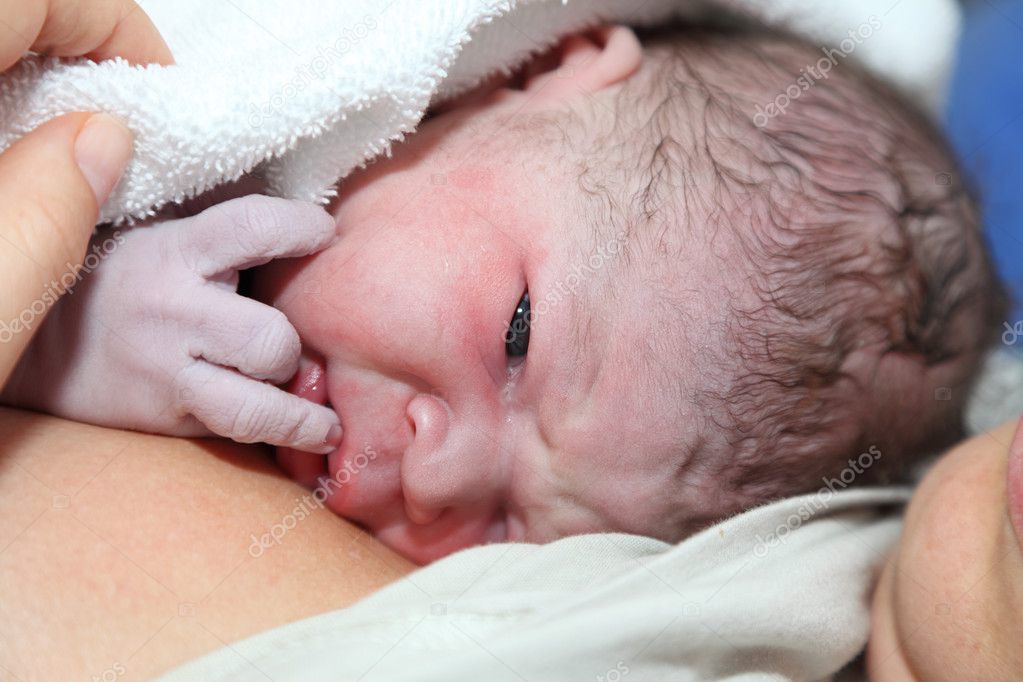 Elena Viktorovna, please tell us what meningitis is.
Elena Viktorovna, please tell us what meningitis is.
Elena Kudryavtseva:
Meningitis is a disease characterized by inflammation of the meninges.
Maria Rulik:
We know viral, bacterial, what is it?
Elena Kudryavtseva:
The source of infection can be both bacteria and viruses.
Maria Rulik:
But if we are talking about very small children, if we take newborns, then most often in these children what is the causative agent?
Elena Kudryavtseva:
In newborns, a separate class of pathogens, most often bacterial meningitis, are caused by group B streptococcus, enterococci. In older children, it is meningococcus, in the neonatal period it is extremely rare, mainly in children over 2-3 years old.
Tatiana Moiseeva:
But how do streptococci get to newborns? Full-term pregnancy is very common, and suddenly meningitis in a newborn baby. How does this happen?
How does this happen?
Elena Kudryavtseva:
Most often, the carrier of the pathogen is the mother, the pathogen penetrates the newborn through the birth canal of the mother, through the mucous membranes and skin flora that lives on the person.
Tatiana Moiseeva:
What can alert you in the first week of life that the child is still sick, there is a risk of meningitis?
Elena Kudryavtseva:
Predisposing factors may be urinary tract infections of the mother, pathologically ongoing pregnancy, for example, ended with chorioamnionitis, intrauterine infection of the fetus.Also, prematurity plays an extremely important role, because the body’s immune resistance is reduced.
Maria Rulik:
Can mothers know in advance if they are dangerous to their own child? Maybe you can check your mother before she gives birth to a baby to avoid this infection?
Elena Kudryavtseva:
Unfortunately, mothers do not always undergo a full examination both before pregnancy and during pregnancy, and it is not always possible to identify the pathogen.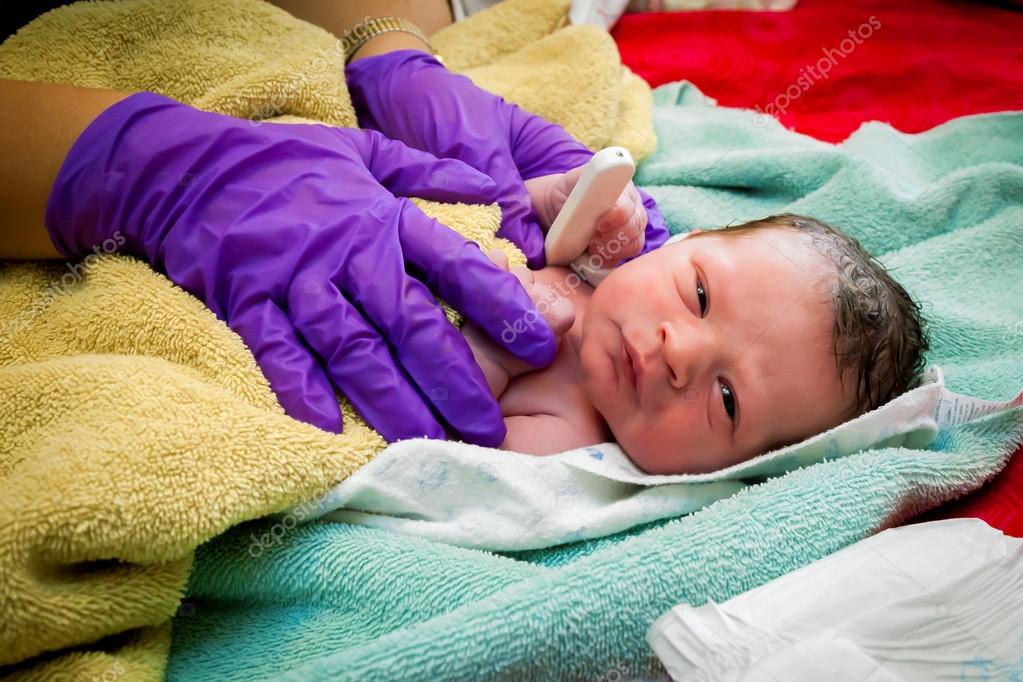
Maria Rulik:
That is, even if you pass all the examinations, it is not always possible to exclude?
Elena Kudryavtseva:
Yes, of course.
Maria Rulik:
Any mother should be prepared for the fact that this can happen to her too.
Elena Kudryavtseva:
Yes, anyone, even a healthy newborn, is susceptible to disease.
Tatiana Moiseeva:
A child was born and for some reason – prematurity, or inflammatory changes in the clinical analysis of blood, or temperature – got to the hospital in the first week, has not yet been discharged from the hospital.We do not rule out meningitis for everyone. When we come to the conclusion that we suspect meningitis and begin to rule it out, what worries us?
Elena Kudryavtseva:
A feature of meningitis in newborns is latent symptomatology. It is blurred, because in addition to meningitis, such a clinical picture can occur in other diseases. And it is very important to exclude all these diseases. Diagnosis of meningitis is significant.
And it is very important to exclude all these diseases. Diagnosis of meningitis is significant.
A feature of meningitis in newborns is latent symptomatology.It is blurred, because in addition to meningitis, such a clinical picture can occur in other diseases.
Tatiana Moiseeva:
That is, we exclude meningitis last. We start with other diseases first.
Elena Kudryavtseva:
No, the main thing here is to exclude meningitis, probably first of all. The earlier the diagnosis is made, the treatment is started, the better the outcome of the disease, the faster the recovery comes.
Tatiana Moiseeva:
If a child was discharged home, what are the classic symptoms of meningitis before one year old?
Elena Kudryavtseva:
Children under one year old do not have classic symptoms, because they are expressed at a later age.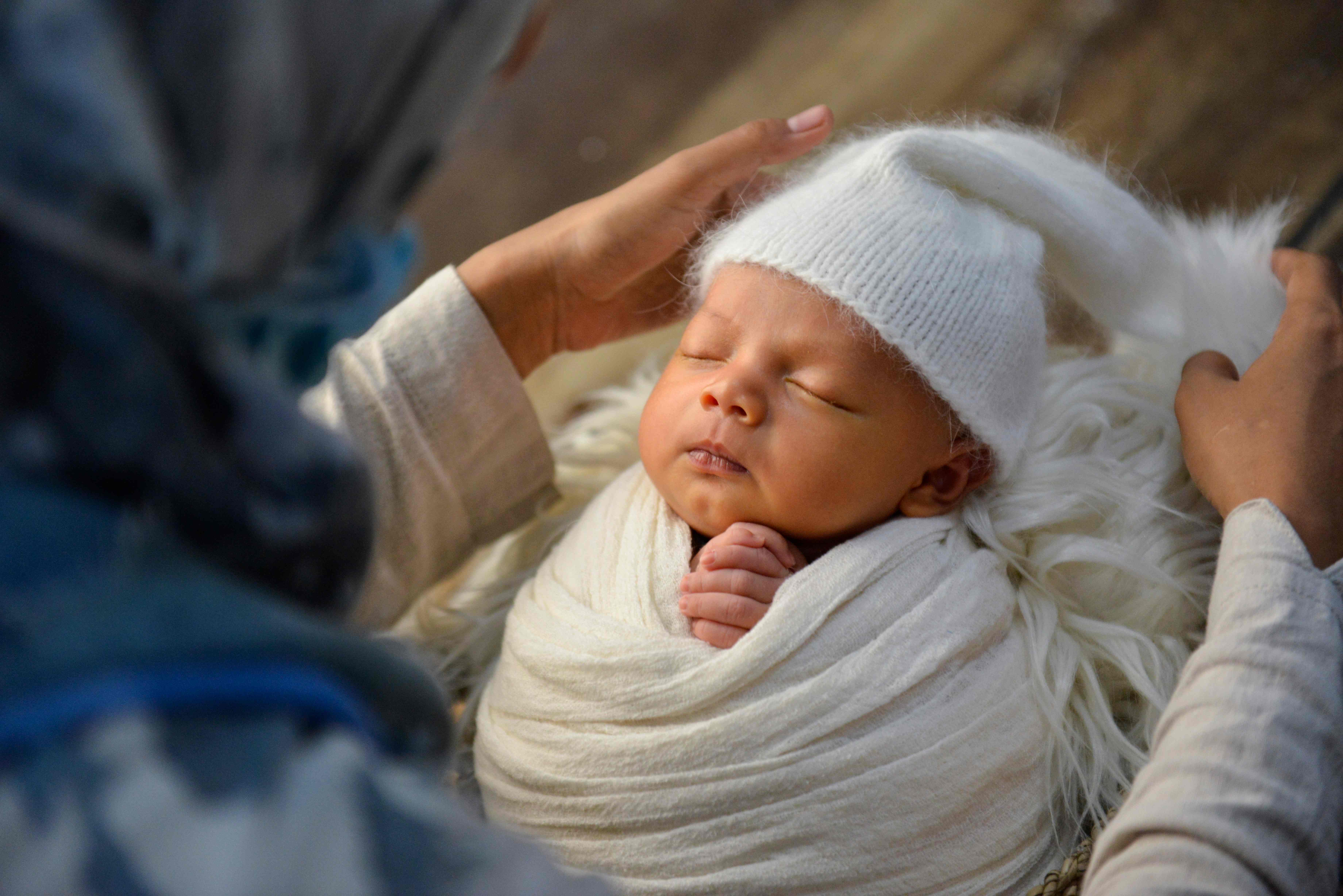 If we talk about newborn children, then they have practically no meningeal signs. That is, they immediately have general cerebral symptoms, it is characterized either by oppression or by sharp excitement with the so-called cerebral cry, refusal to eat.
If we talk about newborn children, then they have practically no meningeal signs. That is, they immediately have general cerebral symptoms, it is characterized either by oppression or by sharp excitement with the so-called cerebral cry, refusal to eat.
Tatiana Moiseeva:
Does temperature always happen?
Elena Kudryavtseva:
Temperature is not always the case. Either it can drop sharply, or it rises sharply. That is, the mother can immediately notice changes in the baby’s condition. This is the extreme point that today he was like that, but literally half a day passes, and the child is completely different. It can be seen that he is different.
Tatiana Moiseeva:
At what age can you already suspect meningeal signs?
Elena Kudryavtseva:
Probably over a year old can be suspected.
Maria Rulik:
It is clear that exactly a year, on a birthday, a child does not change dramatically.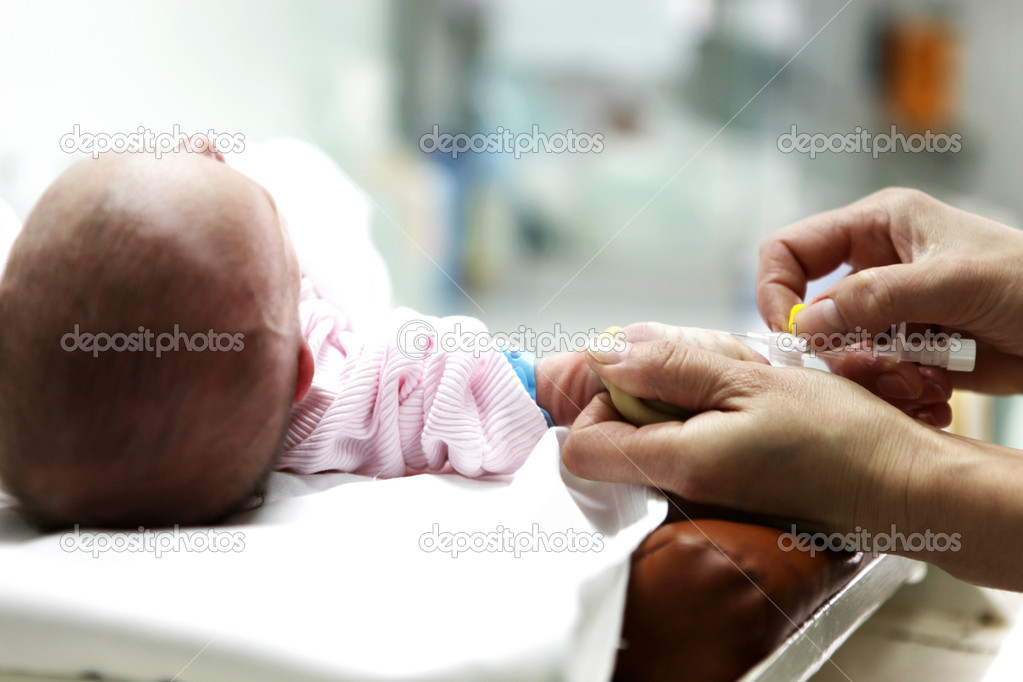 Just what do I, as a mom, know about meningitis? Meningitis is very, very dangerous, meningitis can be fatal, meningitis looks like: this is a high temperature that you cannot bring down, this is a general condition of a child, a headache, something else. That is, this is a very harsh picture that parents know: refusal to eat, some kind of cry, some kind of sleepiness or something else, almost every young mother can write off this for a hundred other reasons – her teeth are climbing, crying today, she does not want to eat, because, too, teeth, tummy worries, whatever.How can parents figure out what’s wrong? When to grab a phone, call an ambulance or, at least, call a pediatrician, at least for him to advise, is it necessary with such a baby to see a doctor, a neurologist, go to the hospital, get checked? How can they understand this difference?
Just what do I, as a mom, know about meningitis? Meningitis is very, very dangerous, meningitis can be fatal, meningitis looks like: this is a high temperature that you cannot bring down, this is a general condition of a child, a headache, something else. That is, this is a very harsh picture that parents know: refusal to eat, some kind of cry, some kind of sleepiness or something else, almost every young mother can write off this for a hundred other reasons – her teeth are climbing, crying today, she does not want to eat, because, too, teeth, tummy worries, whatever.How can parents figure out what’s wrong? When to grab a phone, call an ambulance or, at least, call a pediatrician, at least for him to advise, is it necessary with such a baby to see a doctor, a neurologist, go to the hospital, get checked? How can they understand this difference?
Elena Kudryavtseva:
Moms themselves see from the state of their child that at the moment he is behaving differently from the way he did yesterday, that his usual routine is already yesterday.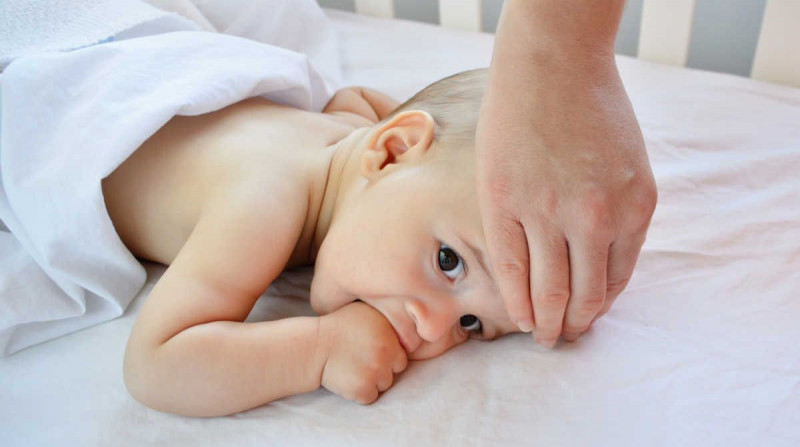 He changes dramatically, he refuses to eat, he may have vomiting, headache, lethargy, apathy.
He changes dramatically, he refuses to eat, he may have vomiting, headache, lethargy, apathy.
Maria Rulik:
A one-year-old child will not say that his head hurts. Here’s how to understand? That is, it is drowsiness, a kind of lethargy …
Elena Kudryavtseva:
Will cry constantly.
Maria Rulik:
Crying is constant. Need a pediatrician or need to call an ambulance?
Elena Kudryavtseva:
You need to call an ambulance, an emergency ambulance, if it is at clinics.
Maria Rulik:
An ambulance doctor arrives, looks at the child, for example, he already has some suspicions, it seems to him that it could be something more serious. What is his further action? Is he picking up the child?
Elena Kudryavtseva:
If the doctor suspects a life-threatening condition, then urgent hospitalization of the child is required.
Maria Rulik:
And how is meningitis itself diagnosed, what is the exact diagnosis?
Elena Kudryavtseva:
The only accurate diagnosis is lumbar puncture, which is performed in a hospital setting.
Maria Rulik:
And what is it?
Elena Kudryavtseva:
This is a study that detects inflammatory changes in the cerebrospinal fluid.
Maria Rulik:
What is this, ukolchik, how is it taken?
Elena Kudryavtseva:
Carried out according to a special method.
Maria Rulik:
How is the fence going, just so that the parents understand what they will do with the baby? We know how blood is taken, we know how other tests are taken.
Elena Kudryavtseva:
A puncture of the spinal canal is performed, from where the fluid is taken.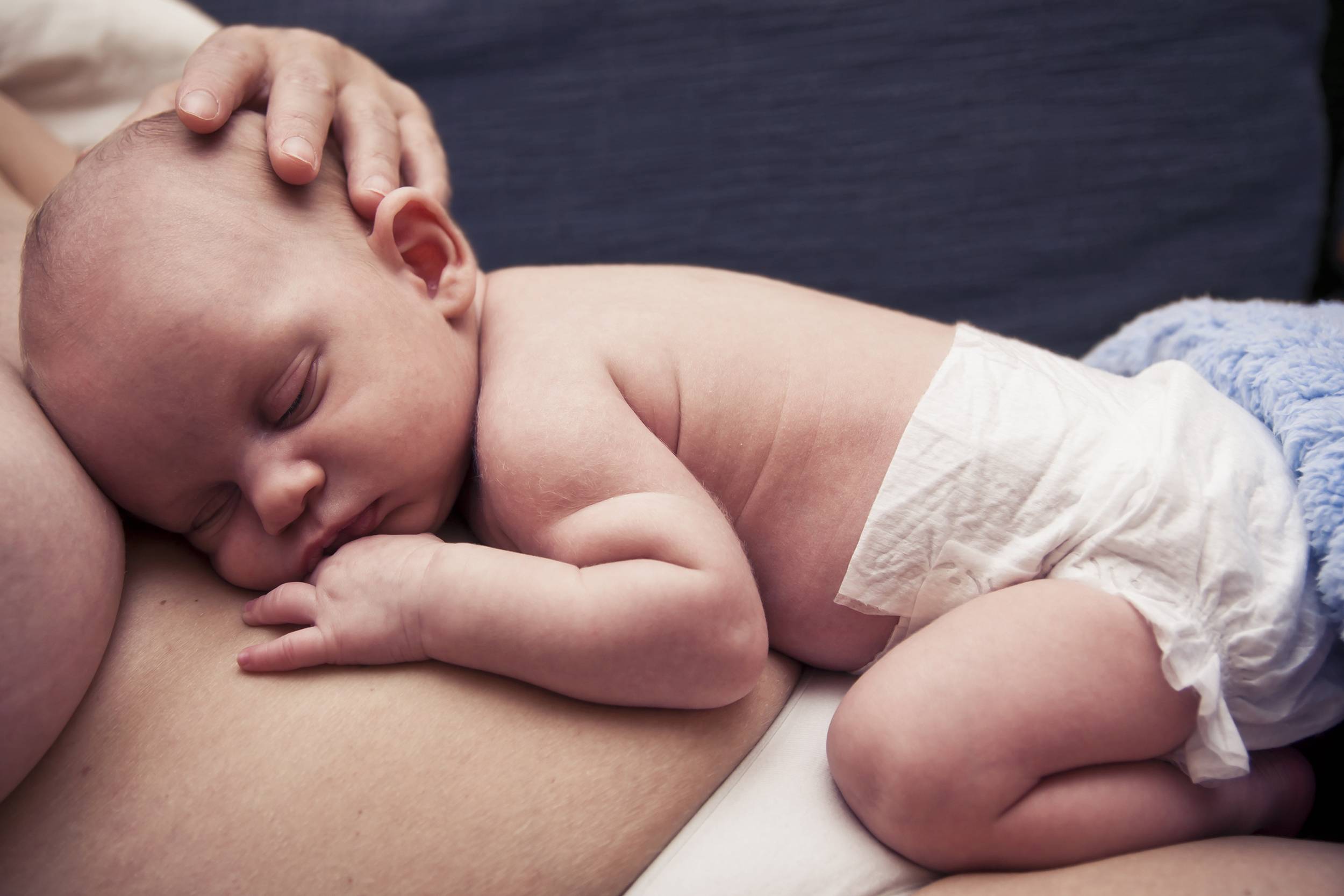
Maria Rulik:
Does it hurt?
Elena Kudryavtseva:
Between certain vertebrae, a puncture is made with a needle with a mandrel, fluid comes out from there, we take it for examination.
Tatiana Moiseeva:
For comparison, it will probably be more understandable for parents that this is similar to an epidural, that is, it is the same, the same injection, only without inserting a catheter, and just a small needle is inserted, and we get cerebrospinal fluid for analysis.
Maria Rulik:
Is it not dangerous for the child, that is, there is no danger to the child?
Elena Kudryavtseva:
No.
Maria Rulik:
Excellent. And after how long will the analysis be ready?
Elena Kudryavtseva:
Within an hour.
Maria Rulik:
In principle, this is fast enough. At this age, in babies, the first thing to do is exclude such acute conditions, be it meningitis or something.
At this age, in babies, the first thing to do is exclude such acute conditions, be it meningitis or something.
Elena Kudryavtseva:
If meningitis is suspected, it is important to rule out meningitis first.
Maria Rulik:
But still, the picture is so blurred, I’m not sure that I would have discerned such signs.
Elena Kudryavtseva:
For this, there are indications for lumbar puncture. For example, a fever of unknown origin, when we do not know why the child has fever. That is, for this, an anamnesis is taken, it turns out whether the child had a vaccination, what may precede, what reasons can cause a fever.Anamnesis is being collected about who was ill in the family, maybe at that moment some kind of viral infection at home. What was the mother’s illness during pregnancy, if she had, for example, chronic pyelonephritis, then very often newborn babies have infections of the urinary system.
Maria Rulik:
Can give temperature.
Elena Kudryavtseva:
Diagnostic search covers such diseases. If possible foci of infection are also excluded, this is respiratory pneumonia, for example, in a child, if it was excluded, then, with the exception, it remains to carry out a lumbar puncture.
Maria Rulik:
But if such a diagnosis has already been made, that is, we found out that the child still has meningitis, in my mother’s place, I understand that the first thing will be fear and some kind of fear, because we all know that this is a very serious disease. What are the current treatments, and how quickly do you need to respond to help? And what are the consequences after suffering such a serious illness? What to expect, what should parents prepare for? How long will this treatment be, how dangerous, is it difficult for babies to tolerate?
Elena Kudryavtseva:
If meningitis is diagnosed, all treatment will be based on the number of inflammatory cells in the CSF analysis./Stocksy_txpff29af78GDL100_Medium_678442-588bae663df78caebc844a95.jpg) If we take as the norm, say, 100 cells and what is higher than 100, and how much higher it is, from this we can make such a forecast of how long the treatment will take. But antibiotic therapy should be carried out for about two weeks. It is carried out according to indications, begins with starting therapy and in meningeal doses. That is, these are increased doses of antibiotics, not the same as in other diseases.
If we take as the norm, say, 100 cells and what is higher than 100, and how much higher it is, from this we can make such a forecast of how long the treatment will take. But antibiotic therapy should be carried out for about two weeks. It is carried out according to indications, begins with starting therapy and in meningeal doses. That is, these are increased doses of antibiotics, not the same as in other diseases.
Maria Rulik:
That is, this is a more intensive therapy.
Elena Kudryavtseva:
Yes, this is intensified therapy. At the first lumbar puncture, a culture is taken to isolate the pathogen and determine the antibioticogram, that is, the sensitivity of the pathogen to a specific antibiotic.
At the first lumbar puncture, a culture is taken to isolate the pathogen and determine the antibiogram, that is, the sensitivity of the pathogen to a specific antibiotic.
Tatiana Moiseeva:
But this is in the future, all the same with a wide spectrum of action.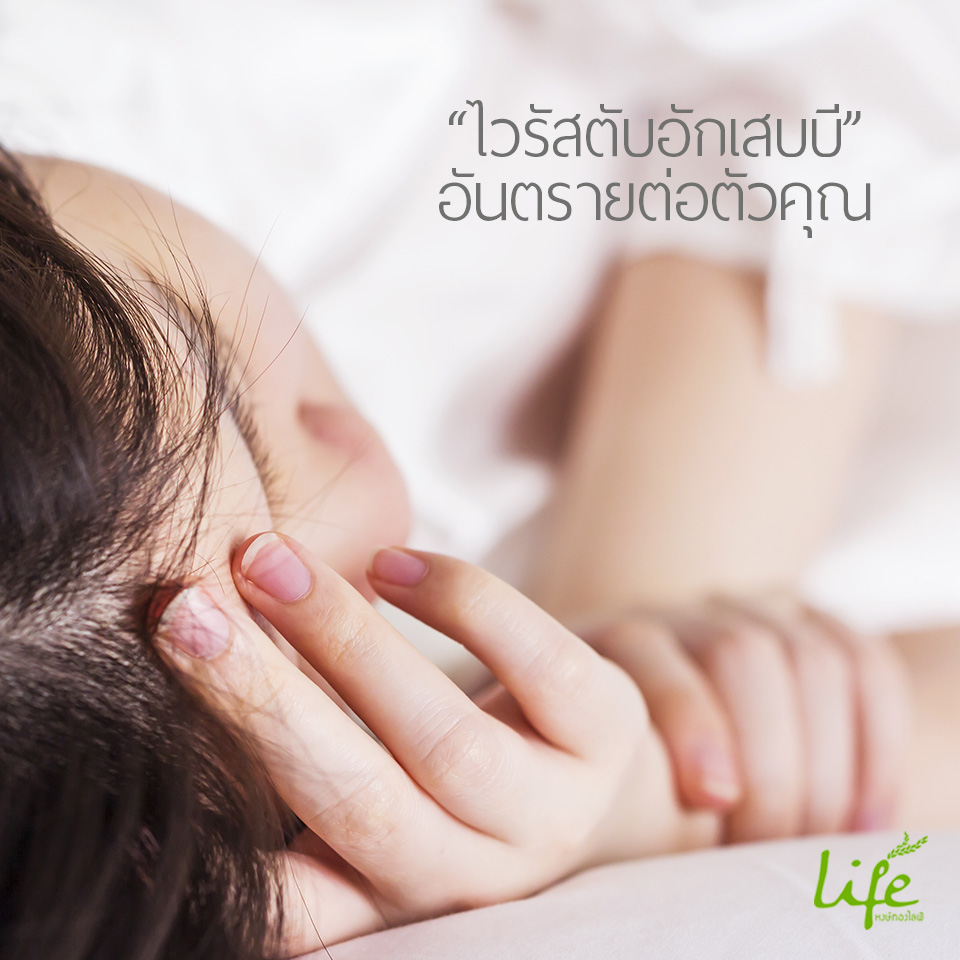
Elena Kudryavtseva:
Starting therapy, when we took only the first puncture, we still do not know what pathogen is. And at this moment antibiotics of a wide spectrum of action are taken. Further, if a positive culture comes, we see that in the culture there is a pathogen that is sensitive to this antibiotic, we continue antibiotic therapy in the same volume. If not, then there is a change in antibiotic therapy in terms of sensitivity.
Tatiana Moiseeva:
We are treating, the second puncture may already be normal.And if she is abnormal, do we add a second antibiotic or do we change the therapy?
Elena Kudryavtseva:
If we see that there is a positive trend on this antibacterial drug, that is, the cytosis of the cerebrospinal fluid decreases, neutrophils go away, if it is purulent meningitis, that is, there is a tendency for recovery, for the sanitation of the cerebrospinal fluid, then with this antibiotic we continue therapy for 7 days after the sanitation of the cerebrospinal fluid . .. If during this time the sanitation is not achieved, then the antibiotic therapy is changed taking into account the antibiogram.
.. If during this time the sanitation is not achieved, then the antibiotic therapy is changed taking into account the antibiogram.
Maria Rulik:
All this time the child is in the hospital, that is, such children are treated only in the hospital?
Elena Kudryavtseva:
Only in the hospital, because this disease is difficult. Even during therapy, the child still feels very bad for some time, and the condition is serious in such patients. Naturally, such children are not treated at home, especially in outpatient clinics.
Tatiana Moiseeva:
Probably, it is also worth noting, because drugs are still administered to children mainly intravenously in the treatment of meningitis.
Maria Rulik:
Place catheters.
Tatiana Moiseeva:
Yes, and they are all with catheters, it is almost impossible to let such a child go home.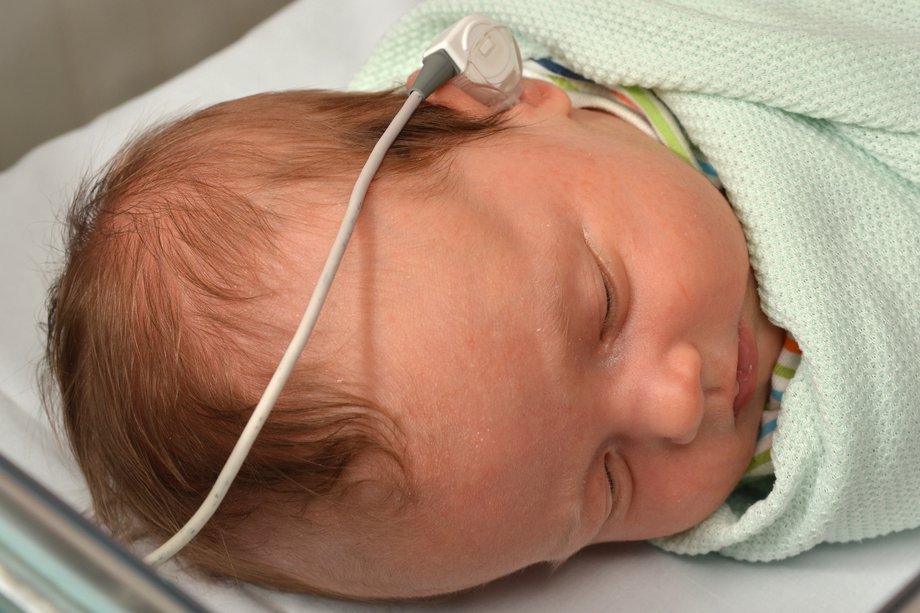
Maria Rulik:
It is possible, probably, but not worth it. But taking into account the fact that he constantly needs some kind of help, carry out the same tests, see if it has improved, has worsened.
Tatiana Moiseeva:
How likely is a relapse, repeat? Here meningitis was treated, everything is fine, like two weeks of antibiotic therapy, all the punctures are clean, they were discharged home.Maybe this child will suddenly get meningitis again in a week, for example, or in two weeks? Does meningitis recur? Or will this new disease be?
Elena Kudryavtseva:
In my practice, I have not met such cases, so that after discharge the child will return again with a diagnosis of meningitis. But, in principle, we have a lot of pathogens. Let’s say this time the child has had meningitis caused by group B streptococcus, a month later the risk of contracting the same meningococcal meningitis is not excluded.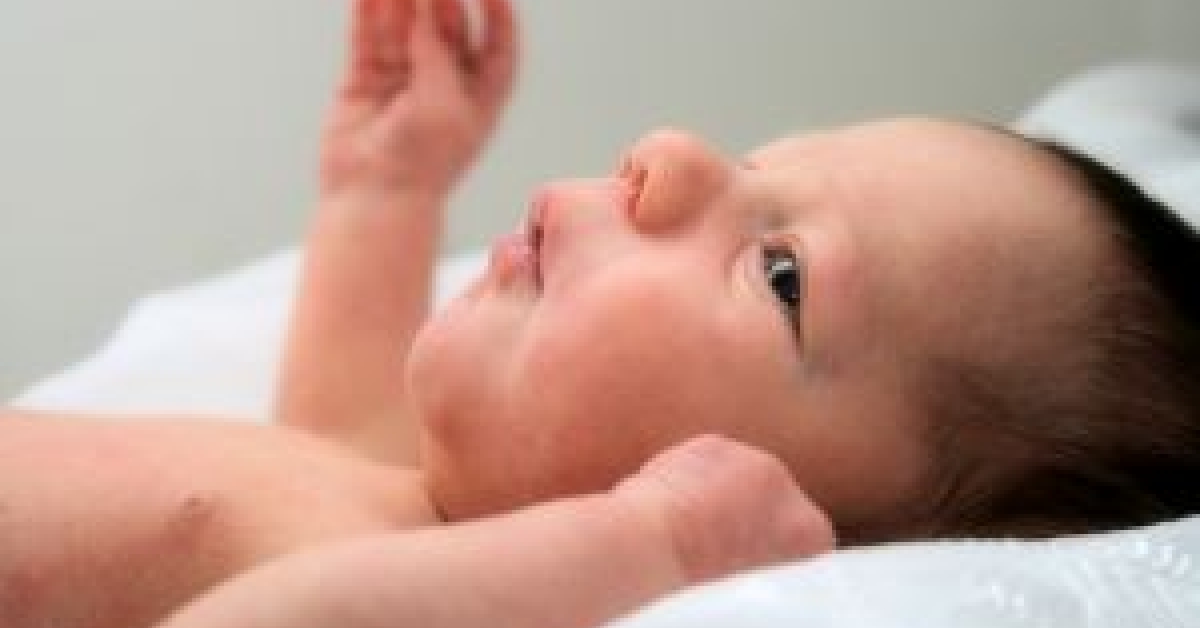
Maria Rulik:
We are talking about newborns, babies up to a year, is their disease contagious to others? That is, as far as I know, meningitis is, in principle, a very contagious disease, but we are talking about something else, about meningococcal pathogens. Is it contagious in babies?
Elena Kudryavtseva:
If there is an airborne transmission of infection, then yes.
Maria Rulik:
And for mom? Mom is with him.
Elena Kudryavtseva:
In general, I made a reservation, if we are talking about meningitis of newborns, then this is the maternal microflora.
Maria Rulik:
That is, they are each other, in the sense that my mother has already passed it on to him.
Elena Kudryavtseva:
Mom passed, and plus her body has already developed immunoglobulins that fight, and she will not develop this disease.
Maria Rulik:
And for their brothers, sisters who are at home, for example, if this is not the first child, but the second?
Elena Kudryavtseva:
If they are older, then they also have immunity.
Maria Rulik:
This is about the infant. And if we are talking about meningococcal …
Elena Kudryavtseva:
Yes, everyone is susceptible, everyone is at risk of getting meningococcal infection.
Maria Rulik:
If the first symptoms are found, for example, in a 2-3-year-old baby, the mother goes to the hospital with this little child, should everyone in the family get tested? Or what do they need to do, need to run somewhere?
Elena Kudryavtseva:
It is necessary to be under the supervision of specialists, to carry out prophylaxis.
Maria Rulik:
And prophylaxis is to distribute antibiotics to everyone quickly?
Elena Kudryavtseva:
A single dose of an antibacterial drug is introduced.
Maria Rulik:
Because I know that when it comes to prevention, we take some antiviral drugs.
Elena Kudryavtseva:
If there was contact with a patient with meningococcal infection, it should be carried out…
Maria Rulik:
To everyone who contacted: grandmothers, grandfathers?
Elena Kudryavtseva:
Yes.
Maria Rulik:
But how to carry out prevention, it should be prescribed by the doctor.
Elena Kudryavtseva:
Infectious disease doctor, pediatrician.
Tatiana Moiseeva:
This means that we are preventing bacterial immunity. What about viral meningitis?
Maria Rulik:
Are there also viral ones? You tell me the difference then, because I’m confused.If with babies it is completely incomprehensible to me how to see meningitis, I probably speak in a very exaggerated way, I would confuse all the symptoms we are talking about with teeth or something else. Probably, there will be a brighter picture, when I was like this, I became different. As I understand it, the main thing is when it happens abruptly. That is, this morning so, and by lunchtime you get a completely different baby, lethargic or vice versa, screaming and screaming, temperature or something like that. That is, a sharp change in the baby’s behavior should be a signal to the fact that you have more than just teeth, you may have something more serious.This is understandable. How they get sick, too, is probably understandable. And, in principle, such a child is not dangerous for those close to him. Then we have meningococcal, that is, it is bacterial.
Elena Kudryavtseva:
Yes.
Maria Rulik:
If it happens, it is dangerous for everyone, very contagious, anyone can get infected. And whoever came to visit you from friends, also warn, because this is a very contagious thing. Further viral.What is this beast?
Tatiana Moiseeva:
In whom does it occur more often, and in general, how often, or not as frequent as bacterial, perhaps not as dangerous?
Elena Kudryavtseva:
No, all meningitis is a serious disease, both viral and bacterial. They differ only in that the name of the pathogen is different. Each pathogen is already the features of a particular disease, the specificity of the pathogen, the features of the course of the disease, according to the characteristic complications.
Maria Rulik:
How do we see the picture of the child’s illness, the symptoms?
Elena Kudryavtseva:
It is the same.
Maria Rulik:
It is the same for everyone except babies, who have this whole picture blurred. That is, if we are talking about bacterial, then this is a sharp increase in temperature that parents drop with all kinds of antipyretic drugs, and literally in 20 minutes, after 30 minutes, the temperature rises back.Headache, if the baby is able to say that it hurts or show it. Probably, already in a year or two it is clear that the child is hard. Headache, something else?
Elena Kudryavtseva:
Vomiting.
Maria Rulik:
Meningococcemia is a rash. Is there something else like that?
Elena Kudryavtseva:
Yes, there is. Meningococcemia is an extremely serious complication of meningococcal infection, in which immediate hospitalization is indicated.
Meningococcemia is an extremely serious complication of meningococcal infection, in which immediate hospitalization is indicated.
Maria Rulik:
This rash appears against the background of fever and poor condition of the child.
Tatiana Moiseeva:
But this, so to speak, is the last call.
Elena Kudryavtseva:
It is not primary, it is always secondary.
Maria Rulik:
Fever, headache – how quickly does it all develop? You went for a walk, returned home. And you see that he is a little sluggish, you touched his forehead – he probably has a fever, most often they put him to take a nap. And how many hours pass before you already realize that this is all difficult? Is it abrupt or is it long, maybe 2-3 days?
Elena Kudryavtseva:
There is no specific time, it can take from 1 hour to several days.It all depends on immunity, the body’s ability to resist infection.
Tatiana Moiseeva:
Still, we say that they are similar in clinical presentation to other diseases. And the visiting pediatrician very often prescribes starting antibiotic therapy, which muffles, since it is a wide spectrum. And it seems that the child begins to recover, and when canceled, everything resumes.
Maria Rulik:
Here you can miss at this point.It just always seemed to me, again, I am far from a medical topic when it came to meningitis, that it is always such a clear, vivid picture that it is simply impossible to miss. That is, this is really the temperature that cannot be brought down, especially if we are talking about children a little older, 2-3-4 years old. Most often, everyone has already encountered some kind of disease, even viral, with a mild fever. And every mother already knows that this medicine for fever helps us, this medicine should work in 2 hours and give my child at least 12 hours of an even, good state.And when you see that it didn’t help, the child drank the antipyretic, he didn’t feel better, he didn’t lie down and didn’t fall asleep. He is getting worse, an hour later he has the same temperature again, he vomits, he has a headache. It seemed to me that it should be visible, or is it not?
Tatiana Moiseeva:
At an older age, this is probably more visible. In fact, not immediately on the knurled, on the increase of the disease. The rash that appears is almost the final stage.That is, this is already when everything is completely scary and everything is completely bad. We still have such children who come with this stellate rash when everything is completely forgotten.
Maria Rulik:
If suddenly you have some unusual situation for you, be it high fever, vomiting or headache, or you just don’t understand, you have never seen anything like this in your baby, call an ambulance. And let the doctors help you figure it out in order to prevent more advanced cases.But we touched on the topic, but did not talk about it, about what parents are most afraid of when they say “meningitis” – of course, treatment: it will help, it will not help, how quickly the baby will recover, but also what happens after.
Elena Kudryavtseva:
About complications.
Maria Rulik:
Yes, we’ll just talk a little bit about whether there is or not, how often we meet. It is clear that in many cases narrow specialists work with complications, but what is there to be afraid of and what to pay attention to?
Tatiana Moiseeva:
What is the worst and most frequent complication?
Maria Rulik:
Let’s go back to babies again, let’s talk about them, they have their own kind of meningitis.What do they have?
Elena Kudryavtseva:
Children with meningitis in the early postpartum period have complications such as brain abscesses, hydrocephalus, that is, expansion of the cerebrospinal fluid pathways. All this is associated with a specific pathogen. That is, most often, for example, enterococci, such consequences. After enterococcal meningitis, such consequences are observed. If, according to the frequency of occurrence, we take, perhaps, out of 100 children who have had meningitis, two of them will have complications.
Maria Rulik:
Not very often.
Elena Kudryavtseva:
Provided that the treatment of meningitis is started on time, the consequences can be avoided. Most likely, this frequency indicates that the treatment was started on time.
Maria Rulik:
And if we are talking about an older age, that is, if we are talking about meningococcal, bacterial meningitis, are there any?
Elena Kudryavtseva:
They are all standard.There are simply dangers when a child is sick with meningitis, he has risks, no matter what kind of flora.
Maria Rulik:
That is, all the same complications will be. Do they always meet?
Elena Kudryavtseva:
No, not always.
Maria Rulik:
And the earlier the treatment is started, the more chances to avoid it.
Elena Kudryavtseva:
The more chances of avoiding complications.
Maria Rulik:
But what if suddenly everything did not go according to plan? It is clear that we all want to help the child, both doctors and parents. But then they did not see it, they missed it, it turned out to be a blurry picture, and the child ends up in a serious condition. Are there any chances of recovery?
Elena Kudryavtseva:
Of course.
Maria Rulik:
Will the treatment be more protracted?
Elena Kudryavtseva:
Yes.That is, it will take him more time.
Maria Rulik:
The same therapy is more complicated.
Elena Kudryavtseva:
Plus there is still such a moment that complications have long-term consequences. That is, they are not necessarily immediately after, against the background of therapy, they are detected, they can appear after treatment, that is, even after discharge from the hospital. And it is not for nothing that children who have suffered meningitis immediately after birth are monitored in an outpatient clinic by a neurologist during the first two years of life in order to exclude possible complications.
Maria Rulik:
And what are the long-term complications? From everything I’ve heard, when mothers sit near the sandbox and whisper to each other, everyone is afraid of deafness. This is what all parents hear: the child suffers meningitis and completely loses his hearing.
Elena Kudryavtseva:
This can be detected immediately.
Maria Rulik:
It is clear that this sounds scary, but as far as I know, it also has the possibility of some correction, complex, operational, but you can cope with it.But this is right away. You say they have been under observation for two years on an outpatient basis. And what can appear in two years, some kind of neurological consequences?
Elena Kudryavtseva:
Neurological consequences, mental retardation.
Maria Rulik:
That is, the brain suffers.
Elena Kudryavtseva:
Yes, of course.
Maria Rulik:
This is due to the action of meningitis.Can this be tracked in some way?
Elena Kudryavtseva:
Therefore, observation by a neurologist takes place during the first two years of life.
Maria Rulik:
Is this neurosonography?
Elena Kudryavtseva:
Neurosonography and examination by a neurologist.
Maria Rulik:
And age-appropriate, something must be done by a child at a certain age. Is it corrected somehow?
Elena Kudryavtseva:
Corrected by special drugs prescribed by the neurologist upon discharge from the hospital.
Maria Rulik:
That is, neglecting a neurologist even after you have already gone through all, all the stages, and it seems to you that you are healthy, you should not, such children need supervision, you need to continue to be friends with a neurologist, go to him at least once a year? More often? Because I know that the first year children visit you more often, and then once a year.
Elena Kudryavtseva:
More often. In the first year, this is every month.
Maria Rulik:
For children with this disease?
Elena Kudryavtseva:
Yes, you need to be observed every month to track how the baby is developing, how he goes through specific stages.Indeed, during an illness, when a child is sick, let it be two weeks or a month, someone is sick for a month and a half, at which time the child does not develop. That is, he cannot give any skills during the course of the disease.
Maria Rulik:
The first week, as I understand it, is very difficult, but then it somehow comes to life.
Elena Kudryavtseva:
He comes to life, but still a little late. Let’s say we don’t introduce complementary foods to a sick child, we don’t massage, if he had problems with muscle tone, for example, during the treatment of meningitis.And, accordingly, the child who is sick has the right to lag behind his peers for this period of the disease.
Maria Rulik:
Plus possible consequences.
Elena Kudryavtseva:
Plus the consequences of meningitis.
Tatiana Moiseeva:
We talked about treatment, symptoms and consequences. How to prevent meningitis?
Maria Rulik:
Don’t go anywhere.
Tatiana Moiseeva:
A vaccine has begun to be used, which pediatricians have already begun to advise, many neurologists advise. It has not yet been included in the mandatory immunization schedule.
Maria Rulik:
Promise by 2019.
Tatiana Moiseeva:
What kind of vaccine is it, when is it to be administered, in general, is it worth it, to whom, what kind of contingent, is it for everyone, adults, children, and is it possible for newborns?
Elena Kudryavtseva:
There is now a vaccine in Russia, it is called Menaktra.Vaccination is carried out no earlier than two years, that is, it is not given to newborn babies. Vaccination against specifically meningococcal infection.
Maria Rulik:
Bacterial.
Elena Kudryavtseva:
Against meningococcus. It is administered twice to children under the age of seven.
Maria Rulik:
Twice and older once.
Tatiana Moiseeva:
What about adults?
Elena Kudryavtseva:
Also one.
Tatiana Moiseeva:
So adults can too?
Elena Kudryavtseva:
But, unfortunately, at the moment it is not included in the national immunization schedule. It is only paid.
Tatiana Moiseeva:
Are there any prospects? Hopefully they will appear in the near future.
Maria Rulik:
We said that, as it turned out, there are a lot of meningitis, but we know quite a bit about them, I speak for the parents.Since it only helps against meningococcal, do you think it makes sense to vaccinate?
Elena Kudryavtseva:
Yes, it does.
Tatiana Moiseeva:
Or is the risk of getting meningitis from other pathogens the same, but they just came up with meningococcus for some reason. Or is meningococcus a more powerful pathogen, is it more severe?
Maria Rulik:
And more contagious, more common.Why, by the way, from him?
Elena Kudryavtseva:
I cannot answer this question, why from meningococcus. I want to vaccinate my children, because if there is a vaccine, then the disease can be avoided, no matter whether the child meets him in his life or not. This is a rather formidable disease that is better prevented than cured.
Tatiana Moiseeva:
Another such moment – does meningitis have seasonality? When it is more often and, perhaps, more dangerous, maybe at that time it is not worth going to the cinema or shopping malls.
Elena Kudryavtseva:
In fact, you can get meningitis at any time of the year, because several factors are taken into account during infection: the body’s resistance to infections, concomitant diseases, and so on. That is, it cannot be said that today you can go to the same cinema, and tomorrow you cannot, because there is a risk that I will get sick. You can get sick at any time of the year.
Maria Rulik:
We said that mostly children.Do adults tolerate it easier?
Elena Kudryavtseva:
No. If we talk about meningitis in adults, then in adults complications are more common, the disease is severe, and the long-term consequences in adults are much more severe and more frequent. That is, they are almost 100% of the time.
Tatiana Moiseeva:
That is, their youth helps children?
Elena Kudryavtseva:
Children are helped by an immature brain that has not yet developed its cells, it is, in principle, immature, and therefore there is something to develop there after a disease.In an adult, the brain is already formed, there is nothing to develop, it can only lose. In fact, if you apply for vaccination, then vaccinate not only babies, but also protect yourself. I can secretly say that I vaccinated my children just a month ago on the recommendation of a pediatrician, I was tempted to do it for myself too. But this is still a pediatrician, you have to go to your therapist, and somehow it was all complicated. And now I listened to you, I think I should have.
Tatiana Moiseeva:
And do not forget myself, too, the whole family at the same time.
Maria Rulik:
Just a healthy family is when a healthy mother. Happy children with a healthy mom. If they are all so good, vaccinated, and I go to bed, I don’t think it will make anyone happy. But, in fact, I can tell by the example of my two wonderful children, just one of whom was less than seven years old, he was injected twice, and the other was older. The vaccine is well tolerated. There was nothing, not even the promised redness and some itching at the injection site.At least for my children.
Tatiana Moiseeva:
This means that the pediatrician was a good one, who vaccinated them on time, against the background of complete health, well-being, good immunity.
Maria Rulik:
This is understandable, but as a comparison, I can say that we did Pnevmo 23, I did both children and both adults in the family. And we split exactly in half. My son and I did not react in any way, but my husband and daughter had such a red shoulder and itching, they sat together like monkeys, itching the same way.But they also moved it without any consequences. In fact, I think it will be very great if this vaccine is included in the general schedule, because both pneumococcal and meningococcal, it seems to me, not only is it dangerous, it is a common and terrible disease. I listen to you doctors, and I feel uneasy.
Tatiana Moiseeva:
The result of the program can be reduced again to the same thing, to which we sum up each of our programs: no need to self-medicate, you need to call an ambulance or an ambulance for any high temperature.
Maria Rulik:
Do not be afraid of what they say that you, mommy, are panicking, call for any reason. Call us! If you are scared, dear parents, pick up the phone, call the ambulance, call the pediatrician.
Tatiana Moiseeva:
If you are recommended to be hospitalized, examined, then you have to go to bed. Probably, they won’t offer it just like that.
Maria Rulik:
Yes, you shouldn’t be afraid, you should listen to doctors, and if your pediatrician recommends some kind of vaccine, then you shouldn’t refuse either.Of course, we can all wait until it will be in the general calendar, but if there is such an opportunity, do not neglect it, get vaccinated, get medical treatment, consult a doctor and be healthy. Thank you very much.
Elena Kudryavtseva:
Thank you.
90,000 Can your child hear?
Sometimes, walking down the street, we notice people who are gesturing, turning towards each other. We pass by, not thinking about how these people live in the country of the deaf, when the world around you is devoid of all sounds, when you cannot hear the cry of a newborn baby, a declaration of love, words of forgiveness, pleas for help.And how does a small, just-born little man live in a world without a lullaby, without dad’s laughter, without a cat’s meow, or birdsong? How to live and develop if he is deaf? And if it seems to you that this trouble will bypass you and your loved ones, then I can grieve you, it can happen to anyone. There are risk factors for hearing loss:
Adverse family history:
1. Hearing impairment at a young age in at least one of the family members.
Unfavorable maternal history:
1.Toxicosis of the first half of pregnancy and gestosis.
2. Infectious and viral diseases of the mother during pregnancy (rubella, measles, shingles, herpes zoster, cytomegalovirus infection, influenza, mumps, toxoplasmosis and other viral infections).
3. The use of ototoxic drugs by the mother during pregnancy.
Adverse life history of the child:
1. Prematurity.
2.Gestational age over 40 weeks.
3.Apgar score at birth 0-3.
4. Body weight at birth less than 1500 g.
5. Asphyxia of a newborn
6. Congenital malformations of the maxillofacial skeleton
7. Child developmental defects associated with hearing impairment
8. Intracranial birth injury
9. Severe hypoxic-ischemic damage to the central nervous system
10.Hemolytic disease of the newborn.
11. Hyperbilirubinemia (more than 20 µmol / l).
12. Meningitis of newborns.
13. Treatment with ototoxic drugs
The main thing that every mother should know is that a newborn’s hearing is tested for birth. house for 3-4 days. This is done for ALL kids. The result must be recorded in the statement: it is: “the test passed” or “failed”. At this point, in more detail for those who “did not pass the test”: dear mothers, it is too early to worry, this does not mean that the child does not hear, it means that you have to repeat this test in 1 month at the polyclinic at your place of residence.There are reasons for failing this test:
• Sulfur masses (generic lubricant) in the external auditory canal
• Myxoid tissue or exudate in the middle ear
• Damage to the outer hair cells
• Failure to comply with the test conditions (the test is carried out in silence, while the child must sleep!)
If, for the second time, the child does not pass the audiological test, he must be sent for an in-depth audiological examination to the audiological center: for children of the Sverdlovsk Region – to the Regional Children’s Audiological Center of the MMC “Bonum”.There, experienced specialists will determine the degree of hearing loss and tell you what to do next.
Some babies need hearing aids, and they need to be put on within a certain period of time: up to 6 months. And it’s not true that everyone around will say that it’s early, that you need to wait, that hearing aids spoil your hearing and you need to wear them only in extreme cases! You need to listen to the DOCTOR! After all, the delay in hearing aids in the first year of life entails a lag in speech development.If the child does not hear sounds, he does not understand speech, so he will not start speaking or will start speaking later, with significant disabilities.
Remember that modern hearing aids are not the outdated ones you saw on grandmothers. Modern hearing aids are:
Digital processing of a sound signal
Setting accuracy
Multichannel
Programmability
Multiprogramming
Microphone directivity
Control of acoustic parameters
Suppression of acoustic feedback
Noise reduction
But, there is hearing loss in which no, even the most powerful, hearing aid can help: this is deafness! These are terrible words, it is scary to speak to the doctor and scary to hear for mom: your child does not hear.And you understand that the best, most beautiful baby in the world will never become a musician (or a doctor, or an actor). Because he is deaf. Is it possible to convey all the grief and despair that grips parents and grandparents. The main thing is that you are not left alone at this moment. Doctors and teachers of the Regional Children’s Surdological Center MKMC “Bonum” will help you cope with all the difficulties.
Today – deafness is not a sentence. There is a proven, effective and safe method for the rehabilitation of children with total deafness.This is cochlear implantation.
COCHLEAR IMPLANTATION is a system of measures and technical means aimed at restoring the missing physical hearing.
The cochlear implantation kit consists of two parts: an internal and an external one. Internal (implantable), surgically placed under the scalp and into the cochlea during surgery. Outer part – the speech processor is worn behind the ear or attached to the baby’s clothes.
How does a cochlear implant system work?
1. The microphone perceives the sounds around us and transmits them to the speech processor.
2. The speech processor analyzes sounds and encodes them into a sequence of electrical impulses.
3. These pulses are sent by the transmitter antenna through the intact skin to the cochlear implant.
4. The implant transmits electrical impulses to electrodes in the cochlea, where the fibers of the auditory nerve are stimulated.
5. The auditory nerve receives electrical impulses and sends information to the auditory centers of the brain. The brain recognizes the transmitted signals as sound.
Indications for cochlear implantation
Bilateral deep sensorineural deafness (average threshold of auditory perception at frequencies of 0.5, 1 and 2 kHz more than 95 dB)
Hearing thresholds in a free sound field when using optimally matched hearing aids exceed 55 dB at frequencies 2-4 kHz
Lack of a pronounced improvement in auditory speech perception from the use of optimally selected hearing aids (in children who have had meningitis, this gap can be reduced)
Lack of cognitive problems
Absence of psychological problems
Absence of serious concomitant somatic diseases
Parents’ readiness for a long postoperative rehabilitation period of classes with audiologists and deaf teachers
Contraindications for cochlear implantation are:
Complete or partial, but significant, obliteration of the cochlea
Retrocochlear pathology (damage to the auditory nerve, neuroma of the auditory nerve, etc.)
Negative results of promontory test
Concomitant severe somatic diseases (chronic renal failure, decompensated heart defects, etc.)
Intellectual disability
Presence of focal pathology in the cortical or subcortical structures of the brain
Lack of desire for many years of work with a deaf teacher after implantation or lack of support for family members and their readiness for long-term rehabilitation work
Separately, I would like to touch upon the topic of the benefits of cochlear implantation at an early age.
The sooner hearing loss is detected, the sooner cochlear implantation can be performed. If the operation was performed early, before the baby learned to speak, then the child’s speech can develop spontaneously, in almost the same way as their hearing peers.
The later the operation is done, the more efforts of parents, lessons with teachers you will need, the more difficult it is for the child to understand the people around him, and to learn to speak.
Currently, implantation in children is carried out already in the first year of their life.
I sincerely believe that several years will pass (for someone 2 years, for someone 3) and your amazing child will come running from kindergarten and say to you: “Maasya, sya, I am dya atya” which means: “Mommy, sit down quickly, I’ll give you some candy. ” And these will be the most pleasant moments of your life. And even if at first only you will understand it, there will come a moment when a completely adult and beautiful daughter or a smart and strong son, after graduating from school, will kiss you and say in a completely different way: “Thank you for everything, dear mom.”And then you will remember all those people who believed in your strength, who were with you in those difficult first years. So, together with you, let us become these kind people and help the deaf child get out of the world of deaf and dumbness. Let him hear the world and speak.
90,000 Meningitis in a newborn (bacterial purulent, viral, fungal): causes, symptoms, treatment, consequences
The information is for reference only. Do not self-diagnose and self-medicate. See a doctor .
Meningitis is an inflammatory process of the lining of the brain or spinal cord. The disease is infectious – it is the infection of the body with a certain bacterium that leads to the formation of purulent cavities in the brain.
Among newborns and infants, meningitis occurs quite often, if you do not start treatment immediately, complications and serious consequences can occur, in the worst case, the child dies.
Features of the disease in newborn infants
Newborn babies most often develop purulent meningitis due to birth trauma, prematurity, or sepsis.
Often the infection gets through the umbilical vessels or the placenta during the period when the mother is sick with pyelitis or pyelocystitis during pregnancy. Causative agents of infection: streptococci, staphylococci and Escherichia coli, other types of bacteria are rare.
Meningitis in infants is characterized by a severe form of the disease, dehydration of the body, disorders of the gastrointestinal tract, and the absence of high fever.
This is a dangerous disease for newborns – in 50% of cases, meningitis in infancy ends in death, while among adults, 90 percent of patients survive.
Severe excitability or complete lethargy – these manifestations are similar to other pathologies, therefore, the diagnosis can be confirmed in a hospital setting using a collection of cerebrospinal fluid for examination.
It is not always possible to completely cure such a small patient. They have a large percentage of complications in the form of CNS disorders:
These children are under the supervision of specialists for a long time, they are regularly examined to avoid re-infection.
Danger of disease
Meningitis in infants from birth to one year is very dangerous because half of the cases of the disease ends in death, and the other half, having recovered from the disease, receives complications leading to disability: deafness, blindness, mental retardation.
After treatment, the baby begins a long rehabilitation, the first 2 years of which he must be under constant supervision of specialists, since there is a risk of an abscess in the brain – a complication can develop at any age and lead to a sharp deterioration in the child’s health.
The danger of this disease is also that the child does not always have severe symptoms, for example, high fever. This is due to the lack of formed temperature control.Therefore, with symptoms similar to meningitis, they immediately call an ambulance team, and do not self-medicate.
Risk factors
In a newborn child, meningitis develops as an independent disease, the cause of its occurrence is the ingress of infection into the infant’s body. The most common pathogens in this case are staphylococcus, E.coli and streptococcus.
There is a high probability of the disease in those children who have had CNS damage before or during childbirth.If a child has a weakened immune system or an intrauterine pathology has developed, then the child is at risk of developing meningitis to a greater extent.
Children born prematurely are at risk. Statistics say that meningitis is more common in boys than girls.
Features of the clinical picture
The clinical picture of meningitis in newborns is manifested by general neurological symptoms:
- lethargy;
- decreased physical activity;
- drowsiness;
- frequent regurgitation and vomiting;
- breathing with a groan and signs of suffocation.
91,223 breastfeeding;
Children weighing more than 2 kilograms may suffer from a rapid rise in temperature up to 39 degrees. In infants, signs of meningitis can be seen in swelling and increased pulsation of the fontanelle, convulsions, and tilting the head back.
In premature babies and those with low weight, the clinical picture may look different, proceed in a sluggish form and manifest itself only in the midst of the disease. This concerns the absence of bulging and pulsation of the fontanelle, throwing the head back.This “erased” clinic occurs with children who were born prematurely and received antibiotics from birth.
The disease can develop rapidly, or it can be protracted, depending on the age, weight and condition of the child. This creates difficulties in diagnosis, but the correct diagnosis can be made by performing a lumbar puncture.
Varieties of the disease
In infants, the following types of meningitis most often develop:
- Viral – occurs against the background of influenza, measles, chickenpox and paratitis, so it is difficult to diagnose.
- Fungal – occurs in newborns born prematurely and in immunocompromised children. The child runs the risk of contracting it right in the hospital if hygiene rules are not followed.
- Bacterial – occurs most often, caused by any purulent inflammation, if an infection has penetrated. With blood, it reaches the meninges and creates purulent foci. Purulent meningitis in newborns is formed when infected with bacteria such as Haemophilus influenzae, meningococcus, and pneumococcus.In 70% of cases, infection occurs with meningococcal infection, which can be contracted by airborne droplets, through the mouth or nose, and from there into the blood. A large number of bacteria that have entered the bloodstream causes a rapid course of the disease and after 10-12 hours the child may die.
All types of disease require different methods of treatment, which must be prescribed by a doctor, making an accurate diagnosis.
Diagnostics and Differentiation
Diagnosis of meningitis in a newborn is carried out according to the identified symptoms and blood sampling for general, biochemical analysis and a study by the PCR method.
A puncture is also performed to collect cerebrospinal fluid for examination, and a diagnosis is made based on the presence of an inflammatory process.
In special and advanced cases, computed tomography can be performed, and it is also prescribed for differential diagnosis. It is necessary to identify the causative agent of the disease in order to find the right antibiotic for the treatment of meningitis.
Differential diagnosis is carried out according to signs that are specific to this type of meningitis.For example, meningococcal meningitis manifests itself as an acute onset, vomiting, high fever, and convulsions and impaired consciousness appear later.
At the same time, in the absence of pathology of internal organs in the baby’s blood, meningococci and an increase in protein in the cerebrospinal fluid are present. So all types of meningitis have their own characteristic symptoms, according to which an accurate diagnosis is determined.
Special approach to therapy
It is important to know that meningitis is treated only in an inpatient setting.You can not self-medicate or use folk remedies. Therapy should be started by establishing the cause of the disease.
In case of bacterial infection, broad spectrum antibiotics are used that pass well through the BBB (blood-brain barrier):
- Ceftriaxone;
- Cefotaxime;
- Gentamicin;
- Amoxicillin and other similar drugs.
Drugs are administered in maximum doses for a long course, replacing them after 12 weeks.If the disease is viral or fungal, then antiviral or antifungal agents are administered. Intravenous injection.
The baby is also given detoxification, anticonvulsant and dehydration therapy. If cerebral edema occurs, Dexamethasone is used.
With a viral or fungal infection, the baby recovers in one to two weeks. Bacterial meningitis in infants takes much longer to heal and depends on the severity of the disease and the body’s resistance to the disease.
Severe consequences and poor prognosis
This dangerous disease for newborns does not always end favorably, young children always experience complications, even long-term therapy in this case is powerless, the consequences are disorders in the central nervous system, mental retardation, deafness, blindness, hydrocephalus, and blood clotting disorders.
Within two years there is a threat of a brain abscess.
In the case of illness in infants, the mortality rate reaches 30% and 65% if an abscess has formed in the brain.
The prognosis for meningitis of all types depends on the cause of the disease and the form of its course. Bacterial meningitis is acute and can result in the death of the baby. Even if the baby survives, he will have complications that continue for a long time.
Such a child has been registered with a pediatrician and an infectious disease specialist for a long time, and regularly undergoes examinations. If the disease was mild, then the child recovers in a few weeks without consequences.
Viral meningitis occurs in a milder form and disappears in 2 weeks with timely started treatment.
What can be done for prevention?
For prophylaxis, babies born with severely weakened need to be vaccinated. Since the disease has many different forms, even vaccination cannot guarantee protection against meningitis.
Viral meningitis is spread by airborne droplets, and in order not to get infected, it is required not to violate personal hygiene, heat food and items that are used by all family members.
When there are patients with acute respiratory infections or acute respiratory viral infections in the family, the small child must be isolated from the patient.All family members need to use Interferon three times a day for a week – this will also reduce the risk of infection.
Also, for prevention, you should drink a complex of vitamins and minerals, eat fortified food, do not overcool and do not walk in crowded places. This will help keep the family from contracting meningitis, including the newborn baby.
In the case of meningitis, the main thing is to start treatment quickly, this will help avoid the death of a newborn child and help him recover and increase the chances of survival.Experts say that proper nutrition and good immunity will help a child avoid illness.
90,000 5.2. Identification and registration of nosocomial infections / ConsultantPlus
5.2. Identification and registration of nosocomial infections.
5.2.1. Diseases of newborns with infections caused by conditionally pathogenic flora and detected during the period of stay in the obstetric hospital and / or within 7 days after discharge are subject to registration at this hospital. Generalized forms (sepsis, osteomyelitis, meningitis) are recorded at the hospital within a month after birth.
5.2.2. Diseases of postpartum women with infections caused by opportunistic microorganisms and associated with childbirth (endometritis, purulent mastitis, sepsis, peritonitis, etc.), identified during the period of stay in the obstetric hospital and / or within 30 days after childbirth, are subject to accounting for the obstetric hospital.
5.2.3. Regardless of the nosocomial (nosocomial) or intrauterine (IUI) nature of infection, a newborn with signs of a pyoinflammatory disease is a source of infection that requires immediate isolation and hospitalization in another specialized hospital, as well as a set of measures provided for in these cases.
5.2.4. The question of the intrauterine nature of the infection is resolved with the participation of a hospital epidemiologist.
5.2.5. The accounting and organization of the collection of information on the infectious morbidity of newborns and postpartum women are carried out not only in obstetric hospitals, but also in children’s hospitals and clinics, surgical and gynecological departments, antenatal clinics, pathological and anatomical departments, etc. All these institutions should promptly report by phone to within 12 hours about the established or preliminary diagnosis of nosocomial infection (IUI) in a newborn and / or postpartum woman to the authorities exercising state sanitary and epidemiological supervision.
5.2.6. Bodies exercising state sanitary and epidemiological supervision, within 12 hours, transmit information about infectious diseases of newborns and postpartum women to obstetric hospitals at the place of birth for organizing and conducting anti-epidemic measures.
5.2.7. The hospital epidemiologist, together with the heads of structural divisions, is actively detecting nosocomial infections by prospective observation, which consists in the following:
control over the detection and operational (daily) registration of infectious diseases;
Obtaining daily information from all functional units of the maternity hospital (department) on cases of infectious diseases among newborns and women in childbirth, violations of the sanitary and epidemiological regime, the results of bacteriological studies;
investigation of the causes of their occurrence and information of the management for taking urgent measures.
5.2.8. The registration and registration of diseases of newborns and women in childbirth caused by opportunistic microorganisms is carried out in accordance with the codes ICD-10
(Appendix 15)
. The registration and registration of diseases of newborns and women in childbirth caused by “classic” microorganisms is carried out in accordance with the requirements of the relevant regulatory documents.
Open the full text of the document
In Moscow, a baby fell into a coma due to an infection caught in the hospital
In one of the most prestigious maternity hospitals in the capital, the baby contracted an infection and fell into a coma for three months.As stated by the child’s parents, the doctors of the maternity hospital at Hospital No. 50 did not carry out the debridement of the birth canal, as a result of which their son developed a meningitis pathogen. A criminal case was opened on the fact of the parents’ appeal, a source in the TFR told Gazeta.Ru. Meanwhile, this is not the first complaint of patients against the capital’s medical institution.
“It was as if I was put on a conveyor belt”
In a maternity hospital in Moscow, a newborn child was infected, from which he developed meningitis, the parents of the injured boy, who has been in a coma for three months, told reporters.
As Kirill and Irina explained, their son was born on April 21 in the maternity hospital at the city clinical hospital (GKB) №50 named after S. I. Spasokukotsky. “On the 19th day after being discharged from the maternity hospital, we woke up from the fact that our baby was moaning,” the baby’s father told the telegram channel Mash.
After the test results, it became clear that the baby developed meningitis – an inflammation of the lining of the brain. He fell into a coma and still hasn’t come to his senses. Parents visit their son every day. They are sure that the baby caught the infection during childbirth due to the negligence of the doctors.
“I believe that the doctors overlooked the causative agent of meningitis in me. When I entered the hospital, they did not discuss the examination plan or the delivery plan with me. It was as if they put me on a conveyor belt: I gave birth – go to the ward, ”said Irina.
According to the parents, who refer to the results of medical research, Streptococcus agalactia became the causative agent of meningitis in the baby. Infections caused by this bacterium are most dangerous for newborns. Transmission from mother to child can occur shortly before delivery or during birth.
The infection was in the birth canal, the doctors did not scan them before giving birth, says Irina. The maternity hospital “Gazeta.Ru” said that according to the law they have no right to give journalists any comments on the work of the medical institution. “All questions must be directed to the Moscow Department of Health”, – said a representative of the hospital.
At the time of publication of the material, the department did not provide a detailed commentary on what examinations the mother of the injured child underwent. The department only specified that the baby was discharged from the institution completely healthy.
A Gazeta.Ru source in the Investigation Department of the Investigative Committee of the Russian Federation in Moscow reported that a criminal case was initiated into the incident under the article of the Criminal Code of the Russian Federation “Negligence”. Now, within the framework of the case, medical examinations are being carried out – they will confirm or deny what the boy’s parents said. Until the results of these studies are received, the department will not give official comments, the source explained.
Maternity hospital at City Clinical Hospital No. 50, known as the former maternity hospital No. 27, opened after seven years of major overhaul in March last year.The maternity hospital is included in the rating of the best maternity hospitals in Moscow. “The team of the maternity hospital is focused on the“ soft ”, natural management of childbirth. All medical interventions are carried out only according to the indications and with the consent of the patient, ”the institution’s website says.
“The child was simply left to die”
On the forums dedicated to Moscow hospitals, this hospital has high ratings and many positive reviews – both from mothers who gave birth for free and from patients who paid for additional services.
Nevertheless, at least one other woman complained about the mistakes of doctors, which, according to her, led to dire consequences for her daughter’s health. A forum visitor named Tatiana wrote that she gave birth to her second child in the maternity hospital at City Clinical Hospital No. 50 in November last year.
Because the doctors miscalculated the dose of epidural anesthesia during labor, the contractions stopped and the baby began to choke, the patient said. At birth, the girl did not breathe, and then fell into a coma.
“They treated her with gentamicin, which causes complications even in adults. At my request to remove the toxic drug, they said that it was under the protocol. No one even bothered to find a normal treatment and antibiotics. The child did not undergo hypothermia, which significantly reduces the consequences. And they just left to die! ”, – wrote Tatiana. She is sure that if during childbirth the doctors performed a caesarean section on her, and did not insist on natural childbirth, the child would have been born healthy. The girl was diagnosed with cerebral palsy and epilepsy.
“In addition, it turned out that the head of the 27th maternity hospital is proud of the low percentage of“ Caesarean ”in her maternity hospital, and the price for this is the life of my child,” concluded Tatiana.
Doctors assured: there is nothing to worry about
In the spring of 2018, two criminal cases were opened in the Chelyabinsk region due to the death of newborns in maternity hospital No. 1, located in the city of Magnitogorsk. According to preliminary data, two babies died from an infection that was brought to them in a medical facility. Soon, two more babies with her were urgently taken to the children’s hospital.
The mother of the deceased boy told the local portal “Verstov.Info” that after the birth the staff did not pay the son and her proper attention.
“In the morning, a children’s doctor came and said to wash the navel with soap and wipe it inside with a diaper on their own, because now, according to the rules, they do not do this. The navel never started to dry out. When I asked why there is mucus, they answered: “Wash it better, otherwise the infection will go from the navel to all internal organs,” the girl said.
After discharge, the child stopped gaining weight, then his condition worsened.The boy was taken to the intensive care unit of the children’s hospital, where he died two days later.
“Later, the pathologist issued a death report with a diagnosis of sepsis of a newborn due to Escherichia coli.” He said it was brought in at the hospital. This is definitely not an intrauterine infection, since all my tests were normal, ”said the mother of the deceased.
According to the girl, her son was not the first victim of maternity hospital doctors’ negligence. “A child with the same diagnosis died that year. A girl with the same diagnosis died after us, ”she said.
Soon the maternity hospital was closed until the circumstances of the incident were clarified. Roszdravnadzor launched its own audit. However, as of the end of last year, the medical facility again began to accept women in labor.
In the summer of 2017, triplets died in the Rostov perinatal center. According to the investigation, on July 17, a 32-year-old resident of Taganrog, Victoria Samoilenko, was admitted to the medical facility. On the same day, she underwent a cesarean section, and the boys were admitted to the neonatal pathology unit.All babies were born prematurely, with a lack of weight: each weighed about 1.5 kg. The doctors assured the parents that there was nothing to worry about.
The mother of the victims said that after a few days, the babies began to develop complications. The doctors could not determine what exactly started the health problems.
“The doctor said that they have enterocolitis – an inflammation of the intestines. And she added that premature babies can have this, because this is one of the diseases that is common.They began to treat us for this. Then I noticed that the third born had some kind of wounds behind the ear, like sores. I went to the doctors, and they said that it was a common diaper rash, then another doctor said that it was very bad and advised me to buy an ointment with zinc to dry the wounds. I rushed to the pharmacy in a taxi, bought the ointment right away to start treating. From that day on, the child became worse, ”Samoylenko told reporters.
A few days before the death, doctors concluded that all children had intrauterine infection.One child died on 23 August, and two more died a few days later.
The woman claims that all the tests during pregnancy were in order: “If there were any diseases, I would have been warned during pregnancy.” On the fact of the death of the children, the investigators launched an inspection of the perinatal center.
In the summer of 2018, Samoilenko arrived in Moscow and at a reception of citizens personally asked the head of the Investigative Committee, Alexander Bastrykin, to monitor the investigation into the death of her children and bring the perpetrators to justice as soon as possible.The woman said that her tragedy was far from the first in the Rostov perinatal center.
The number of medical errors is growing
In Russia, in 2018, the number of criminal cases that were initiated on the basis of crimes related to medical errors increased by a quarter. According to the Investigative Committee, more than 2.2 thousand of them were brought in last year.
The Main Department of Criminalistics of the Investigative Committee of the Russian Federation studied the materials of 143 criminal cases that were in production in 2016-2017.It turned out that most of the crimes related to medical errors were committed by surgeons (27%) and obstetricians-gynecologists (17%).
Alexander Saversky, President of the League of Patients ‘Defenders, believes that tougher criminal penalties for doctors’ mistakes will only lead to the fact that even experienced professionals will leave medicine. Medical activity must be controlled within the framework of the administrative code – with the exception of gross crimes that entailed grave consequences, Saversky told Gazeta.Ru “.
He stressed that the most effective regulator of medical activity could be a life-long deprivation of a medical license for various kinds of violations. It is this punishment that can often satisfy patients who have suffered from unscrupulous doctors, the expert explained.
How to recognize one of the most dangerous infections for a child – Rossiyskaya Gazeta
In Russia, an atypical type of meningitis is increasingly being declared. How is the disease “masked”? Who is at risk? Will vaccination help? In an exclusive interview with “RG”, the head of the laboratory of epidemiology of meningococcal infection and bacterial purulent meningitis of the Central Research Institute of Epidemiology of Rospotrebnadzor, Doctor of Medical Sciences Irina Koroleva told about this.
Irina Stanislavovna, why are we talking about meningococcal infection right now? After all, doctors faced this disease less and less …
Irina Koroleva: Indeed, from 2003 to 2017, the incidence has seriously decreased. But then the increase began again – and at once by 10 percent a year: both in 2017 and in 2018. Today the average in Russia is 0.52 per 100 thousand people. That’s not a lot. But there are regions where people get meningitis two to three times more often.In Oryol, Novgorod, Penza, Ulyanovsk, Omsk regions, Khabarovsk Territory, the Republic of Buryatia and Moscow. In the capital, the situation is especially alarming – the incidence is more than one per 100 thousand people. The prognosis is not very favorable.
Who is at risk?
Irina Koroleva: Meningitis is considered the most dangerous infection for children: about every fifth case ends in tragedy. Moreover, 70 percent of the sick are children under 14 years old. And in the most “acute” risk zone – babies up to a year.The disease affects the soft membranes of the brain: 20 percent have severe cognitive impairment, deafness very often occurs. That is why we are so active in advocating vaccination. The goal is to prevent a primary case of the disease, to save as many lives as possible.
How can a mother suspect a child’s illness?
Irina Koroleva: Perhaps there is no more insidious and unpredictable disease than meningococcal infection. The most important thing that should alert parents is the high temperature of 39-40 degrees, which is difficult to bring down.Even the flu, as a rule, does not give such a stable temperature. Unusual child behavior, rash, unbearable headache (even if the child cannot tell, this can be suspected by his behavior) – these are the main signs. In principle, there may be other symptoms: photophobia, pale arms and legs. Or it may not be – the disease develops individually. There are acute forms of meningitis, in which the infectious process proceeds in a cascade, with lightning speed. And the bill is not for a day, but literally for hours. Therefore, at the first suspicion, you need to urgently call an ambulance and in no case refuse to be hospitalized.And in the hospital – do not give up the spinal puncture. This procedure is essential for the treatment of a child.
Why?
Irina Koroleva: Analysis of cerebrospinal fluid will allow you to find out if there are purulent inflammations, and to accurately determine the pathogen itself. Find the right antibiotic. Indeed, in addition to meningococcus, there are other bacteria: pneumococci, Haemophilus influenzae …
There is no more insidious and unpredictable disease than meningitis
The most common cause of meningitis in Russia for a long time remained the bacterium Neisseria meningitidis of serogroup B.In second place is serogroup C, in third – A, in fourth – W. And it is the last W that worries us most of all today. Why? If in the first three groups the incidence even decreases from year to year, then W-meningococcus (which has practically never been found in Russia before) is steadily gaining ground. In Moscow, for example, last year it was he who caused half of all cases. The most dangerous thing here is that it is much more difficult to recognize it even in comparison with a common infection – the symptoms can be completely atypical for meningitis.
That is, the disease is “masked”?
Irina Koroleva: That’s right. If with usual meningitis the period of hospitalization is 1-2 days, then with W – three to four. In the usual case, the rash appears on the first or second day, and with W – on the third or fourth day. W-meningitis is more severe than usual, it can give a picture of “acute abdomen”. As a result, an incorrect diagnosis is made, the patient ends up in a non-core hospital and does not receive the necessary assistance on time. Because of this, the number of deaths is increasing.
A big positive point is that meningococcus serogroup W is included in the modern tetravalent vaccine, which is registered and used in Russia. It creates a stable immunity and can be shown from 9 months to 55 years.
Is meningitis prophylaxis included in the national immunization schedule?
Irina Koroleva: Planned – no. Vaccination is indicated for people who are in the focus of infection. In addition, all conscripts are vaccinated.But we have already suggested making changes to the national calendar and expanding prevention based on epidemic indications. Include there vaccination of children under five years of age from the risk group, include health workers. In Moscow, this problem has already been taken care of – in city polyclinics, mothers are offered to vaccinate young children against meningitis. In no case should you give up on this. The regions are also pulling up.
Neurosonography (ultrasound) of the brain in newborns in Kaliningrad
Now children from birth are assigned many different studies and analyzes, and ultrasound diagnostics is no exception, which includes such studies as ultrasound of the hip joints, internal organs, etc., all this is necessary for the early prevention of diseases in a baby.
Ultrasound of the brain – NEUROSONOGRAPHY – perfectly detects congenital malformations of the central nervous system (CNS), changes in the size and location of the ventricular system, and other anatomical structures of the brain. Doctors recommend that all babies undergo this examination, since the procedure is absolutely painless and harmless, and at the same time it allows you to identify many serious pathologies and dangerous disorders at an early stage of development.
When should neonatal neurosonography be done?
Usually, an ultrasound scan is prescribed for infants at the age of 1.5 – 2 months, but there are also cases when a study can be prescribed immediately after birth, literally in the first week of life. Early diagnosis makes it possible to identify most pathologies in the initial stages when they are easier to treat.
Ultrasound waves cannot pass through the hard bones of the skull of an adult, therefore neurosonography is performed only for babies not older than 1 year in the period until the fontanelles are closed – areas on the baby’s head that are not covered with bone tissue.The fontanelles are excellent at transmitting ultrasound.
Ultrasound of the brain – how is the procedure going at the AprilKa medical center?
This type of examination will be absolutely painless and safe for the child. And also does not require special training and recovery period. It will only be necessary to feed the baby before visiting the clinic, so that he is calmer and more peaceful. By the way, neurosonography can be performed on children even during sleep.
How is the research going? Neurosonography is performed at an ultrasound frequency of 5-75 MHz.The study is often carried out through the anterior fontanelle, which is located between the parietal bones and the frontal bone. Less commonly, the foramen magnum is used. The study area is lubricated with a gel for better conductivity, the procedure is carried out using an ultrasonic sensor and usually lasts no more than 7-10 minutes.
Normally, neurosonography in children at any age should show complete symmetry, without any inclusions, thickenings and signs of hemorrhage, clear contours of grooves and convolutions.
Benefits of neurosonography?
Advantages of neurosonography: non-invasiveness, reliability of the method, high accuracy of the study, the possibility of multiple studies.
What diseases can be detected as a result of examination of the brain of an infant?
Ultrasound shows the current state of the brain structures – its size, shape (contours and outlines) – which gives rise to the assumption (or vice versa denial) of the presence of any deviations or disorders in the development of the baby’s central nervous system.

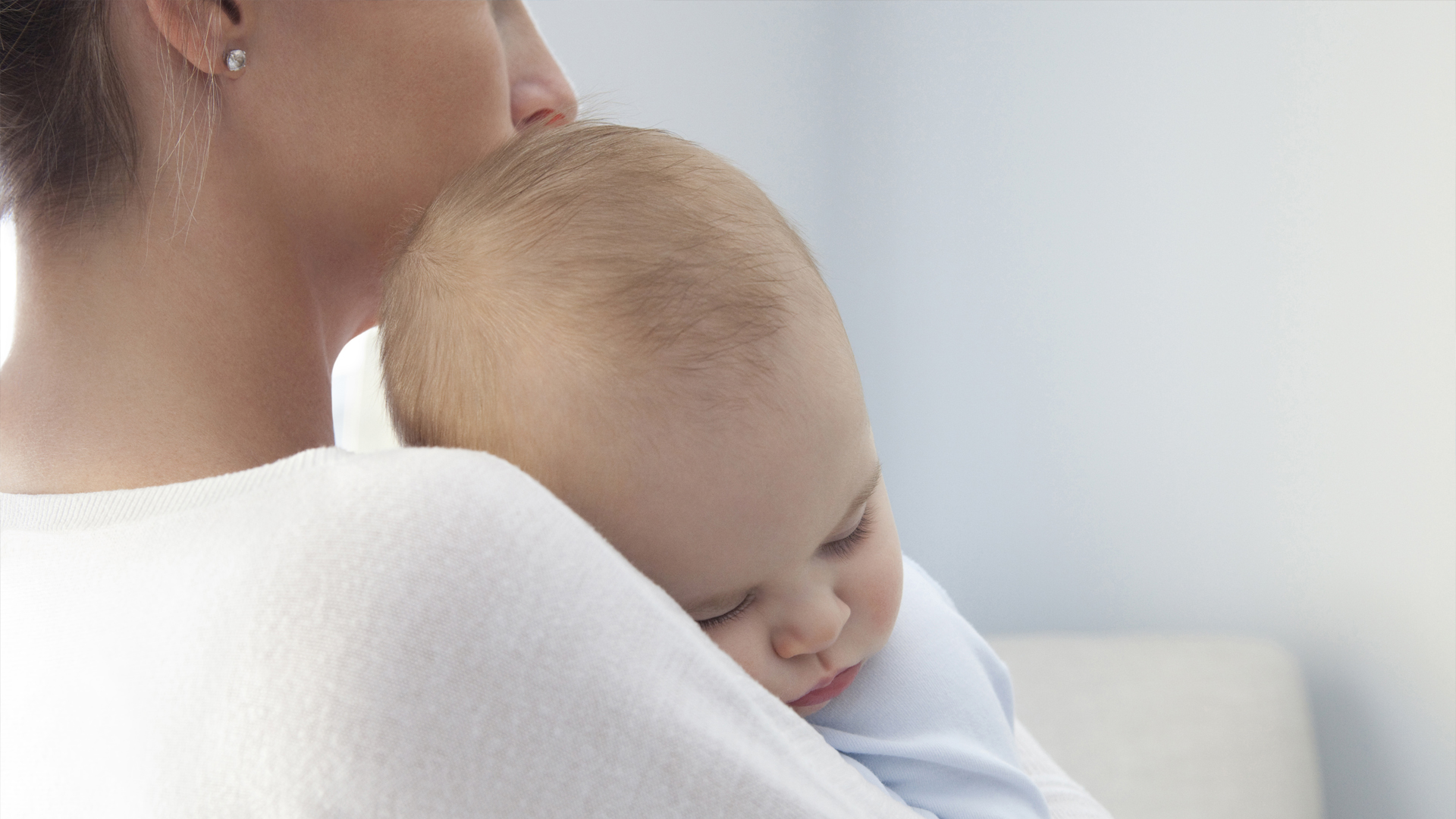
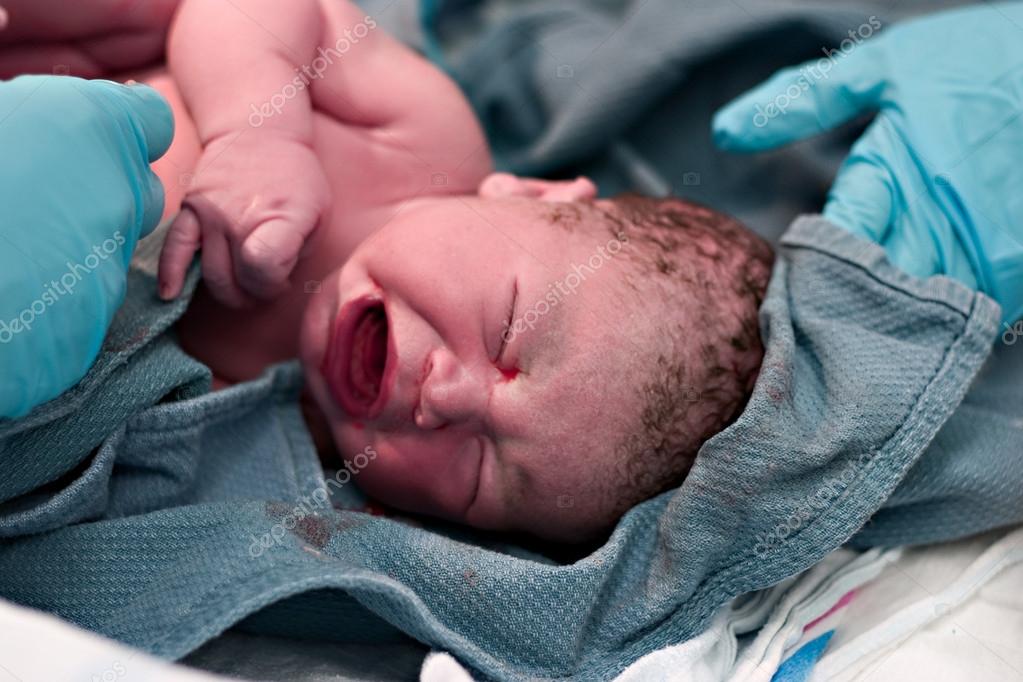 Pathophysiology of neonatal acute bacterial meningitis. J Med Microbiol. 2013 Dec;62(Pt 12):1781-1789. [PubMed: 23946474]
Pathophysiology of neonatal acute bacterial meningitis. J Med Microbiol. 2013 Dec;62(Pt 12):1781-1789. [PubMed: 23946474]